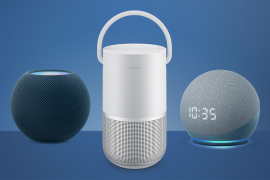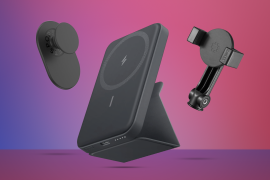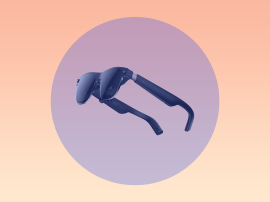Google Pixel 8 review: a better baby brother
Smaller but brighter screen leads upgrades for Google's everyman smartphone
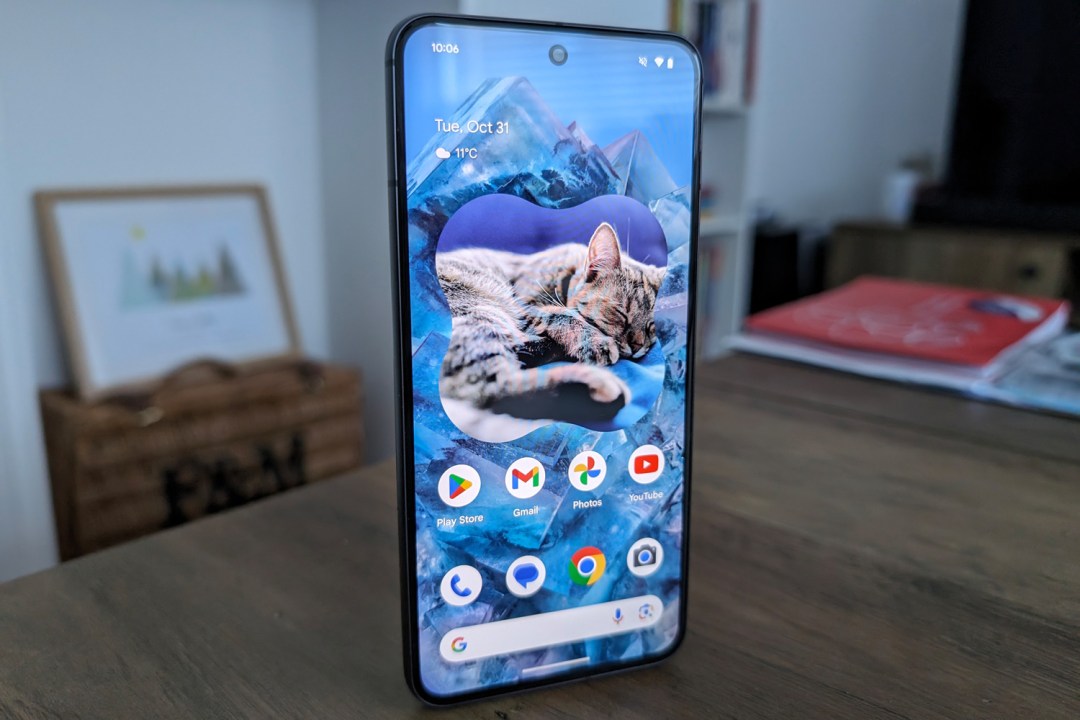
Stuff Verdict
Physically and functionally the best ‘standard’ Pixel phone Google has ever made – but the gulf between the Pixel 8 and Pixel 8 Pro also feels larger than ever.
Pros
- Compact body built to a high standard
- Finally, a bright display with a high refresh rate
- Cameras remain brilliantly capable
Cons
- Performance, battery a step back from class leaders
- Some software being Pro-exclusive feels arbitrary
- Even wider gulf in ability to Pixel 8 Pro than previous years
Introduction
Want a very capable smartphone with fantastic cameras, but don’t want to pay a fortune? The Google Pixel line has always been my top choice. Older generations didn’t quite have the hardware or design chops to best their pricier flagship rivals, but I didn’t mind when you were otherwise getting a whole lot of handsets for your cash. The Google Pixel 8 aims to above and beyond that baseline, with upgraded styling and features more in keeping with the competition – plus some AI smarts and even more camera cleverness.
However, a $100/£100 price increase over last year’s model means it’s no longer the value slam dunk that previous models were. The shadow of the better-equipped (but yes, more expensive) Pixel 8 Pro also looms larger than ever, courtesy of device-specific software and a more versatile camera setup.
Has Google done enough to earn my mid-range recommendation, or does it make more sense to save some extra cash and just go for Pro?
How we test smartphones
Every phone reviewed on Stuff is used as our main device throughout the testing process. We use industry-standard benchmarks and tests, as well as our own years of experience, to judge general performance, battery life, display, sound and camera image quality. Manufacturers have no visibility on reviews before they appear online, and we never accept payment to feature products.
Find out more about how we test and rate products.
Design & build: a shrinking feeling
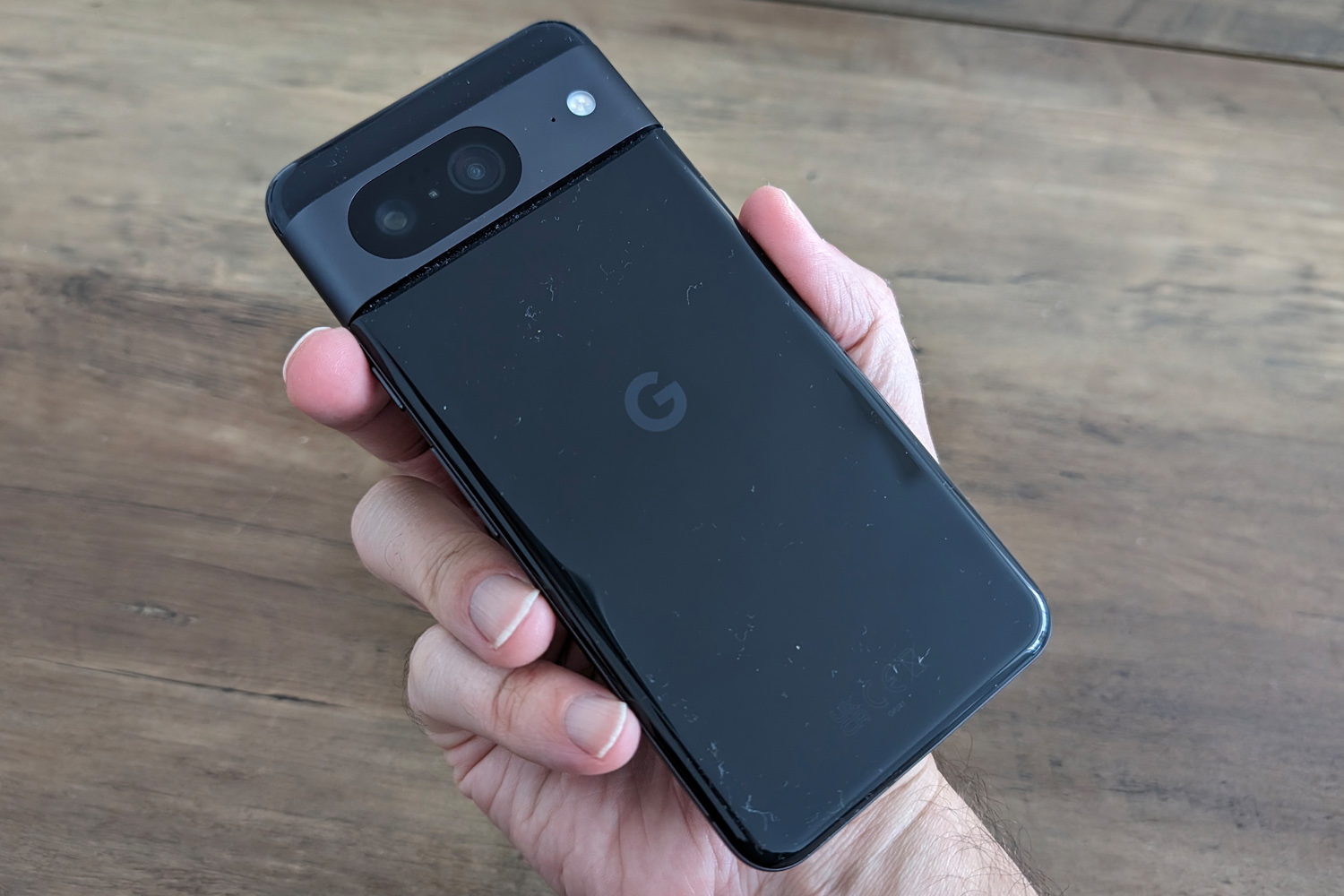
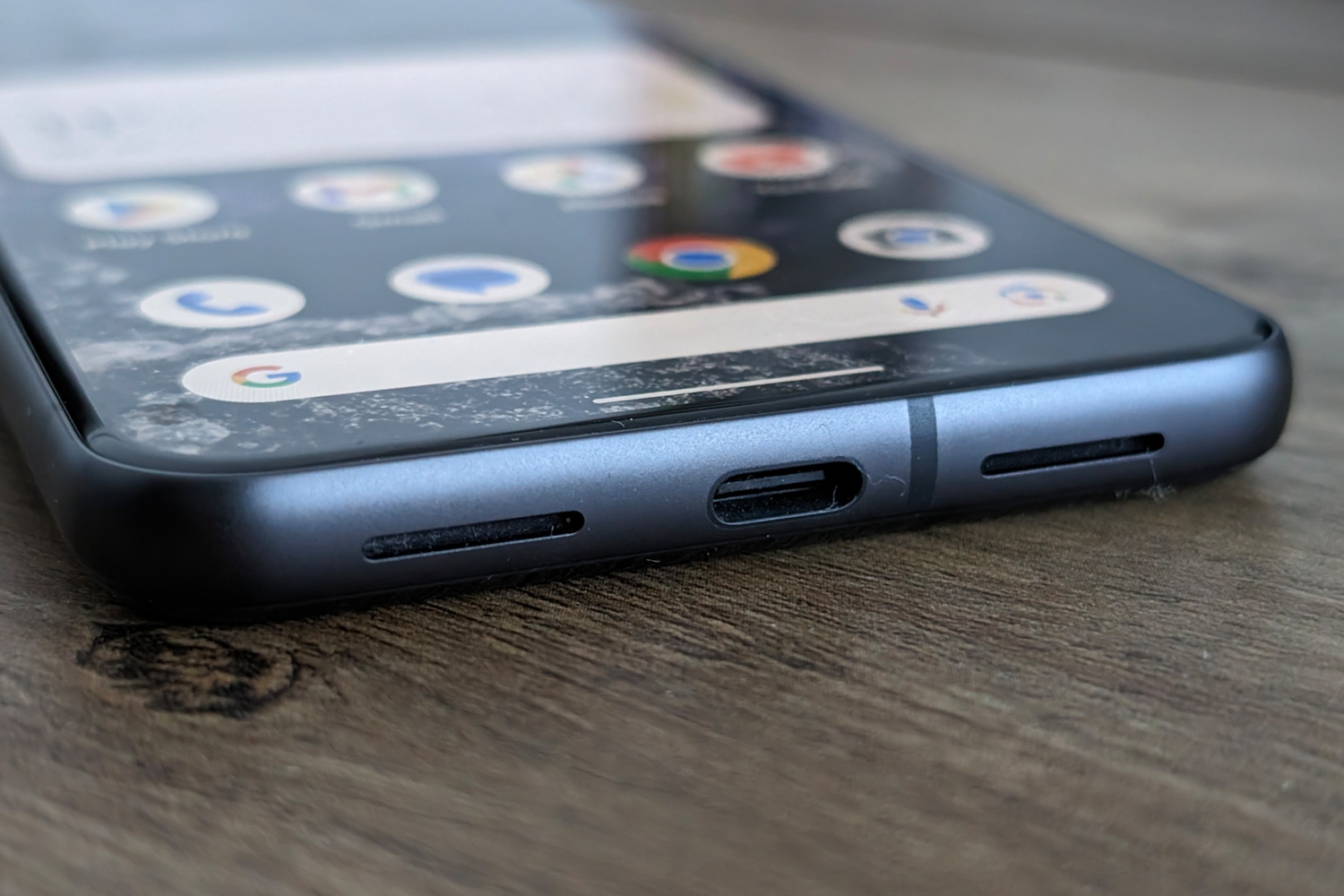
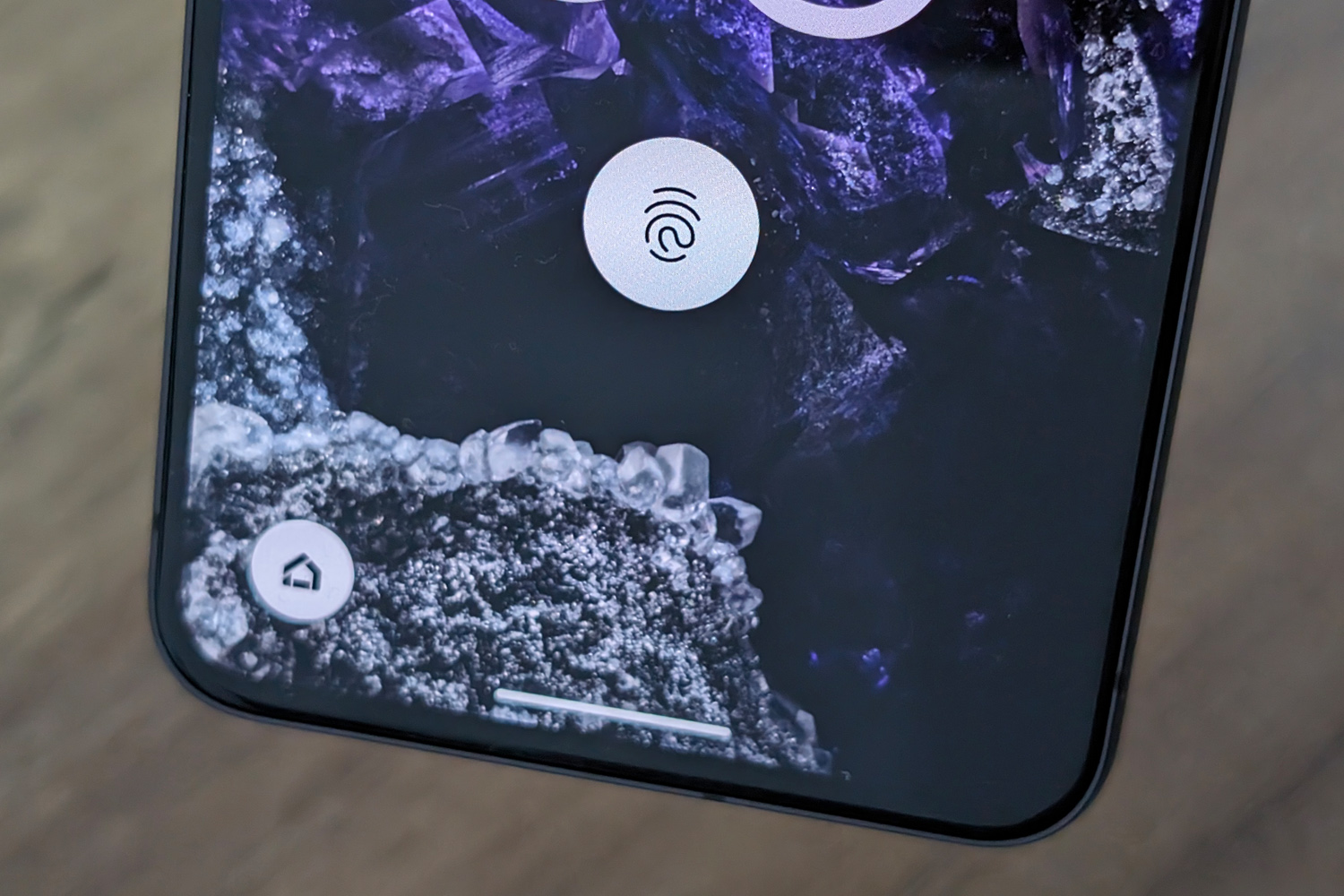
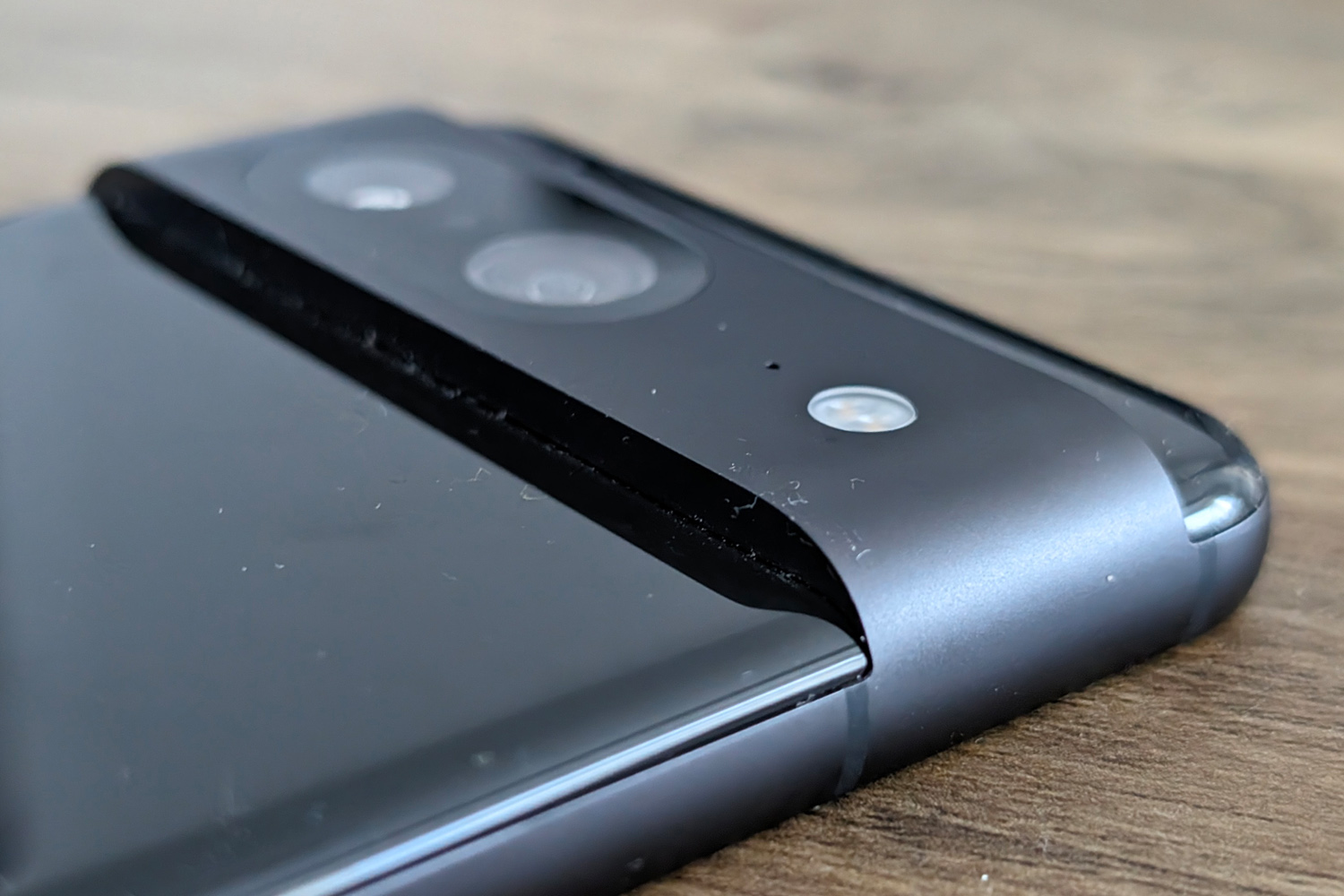
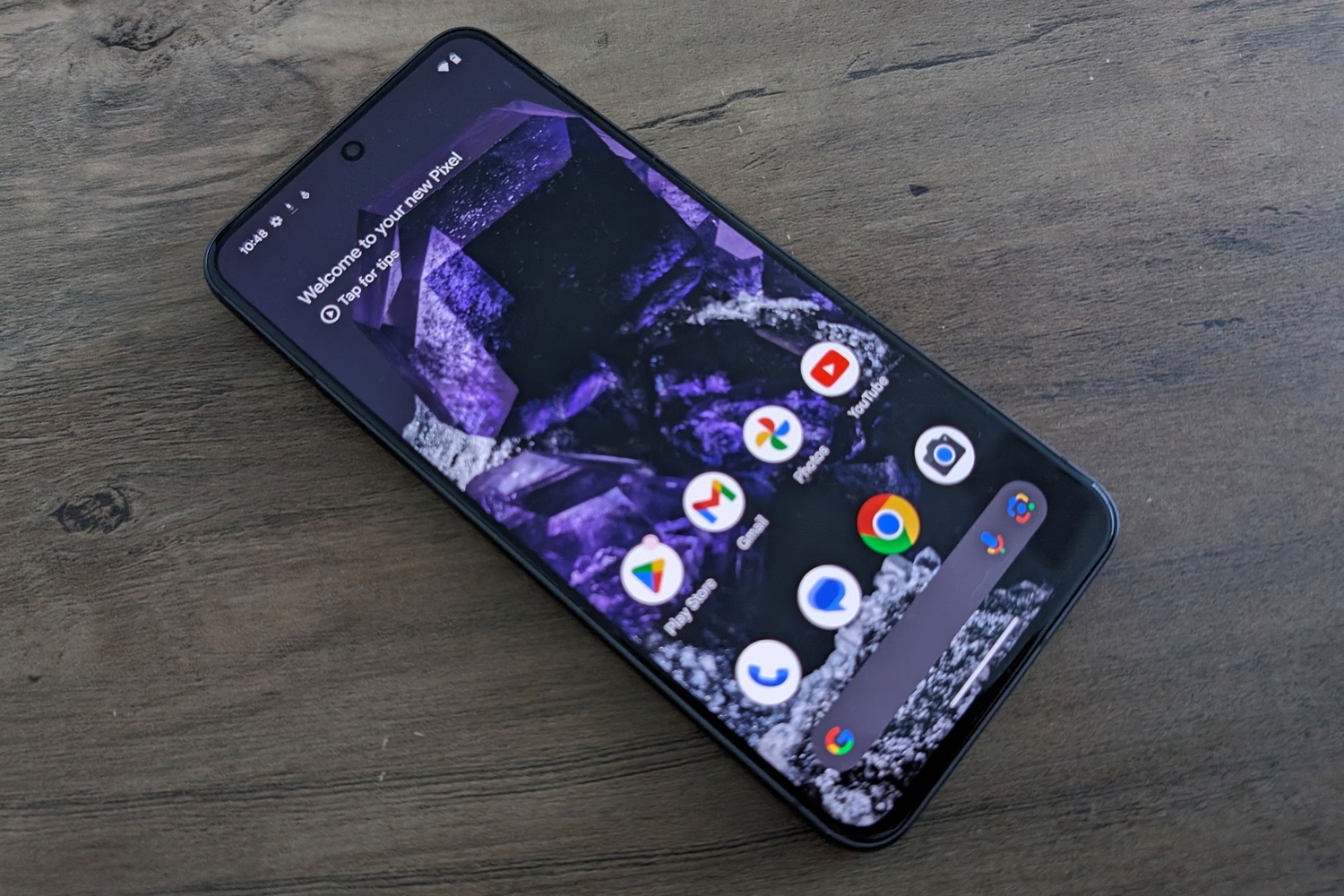
The Pixel 8 follows Google’s now familiar phone formula. It borrows much from the higher end Pixel 8 Pro, while dropping the third camera sensor and being a little more conservative elsewhere on the spec sheet. That means there’s no clever temperature sensor built into the chunky rear camera bar, and it misses out on the fingerprint-resistant frosted rear glass seen on its bigger brother.
That’s a real shame, as my Obsidian review unit’s more mirror-like panel quickly picked up smudges and smears. It’s also protected by Gorilla Glass Victus, rather than the tougher Victus 2 glass found on the Pro. Also, I know black phones are bigger sellers than colourful ones, but have to say the Obsidian model is nowhere near as easy on the eye as the Hazel (green-ish) or Rose (pink) options.
Design-wise the Pixel 8 and Pixel 8 Pro look more similar than any previous Pixel version. Both have more smoothly rounded corners than last year’s Pixel 7 series, and both have flat display panels with skinnier bezels. The chunky camera bar that first debuted on the Pixel 6 generation also returns, fading neatly into the central frame and giving the phone its distinct appearance. It sticks out slightly further here than in previous years, but not so much I struggled to slide it in and out of my jeans pockets. I’m a big fan, and think it immediately signals this out as a Pixel device. Only Apple and Samsung have more recognisable silhouettes.
A screen shrink, from 6.32in on last year’s Pixel 7 to 6.2in here, doesn’t sound huge – but it makes all the difference in person. The Pixel 8 is much more compact in the hand, and very comfortable to hold thanks to the rounded-off aluminium frame and rear glass. It’s now an obvious choice for anyone looking for a small yet potent smartphone, with the iPhone 15 and Galaxy S23 being the other main contenders.
I’m glad to see an IP68 rating for water and dust resistance; rain showers and accidental submersion shouldn’t be an issue. The power button being above the volume rocker at the right side of the phone might take some adjustment if you’re coming from a rival manufacturer’s device, but it’s my only minor quibble with what’s otherwise a top-tier handset.
Screen & sound: a brighter view
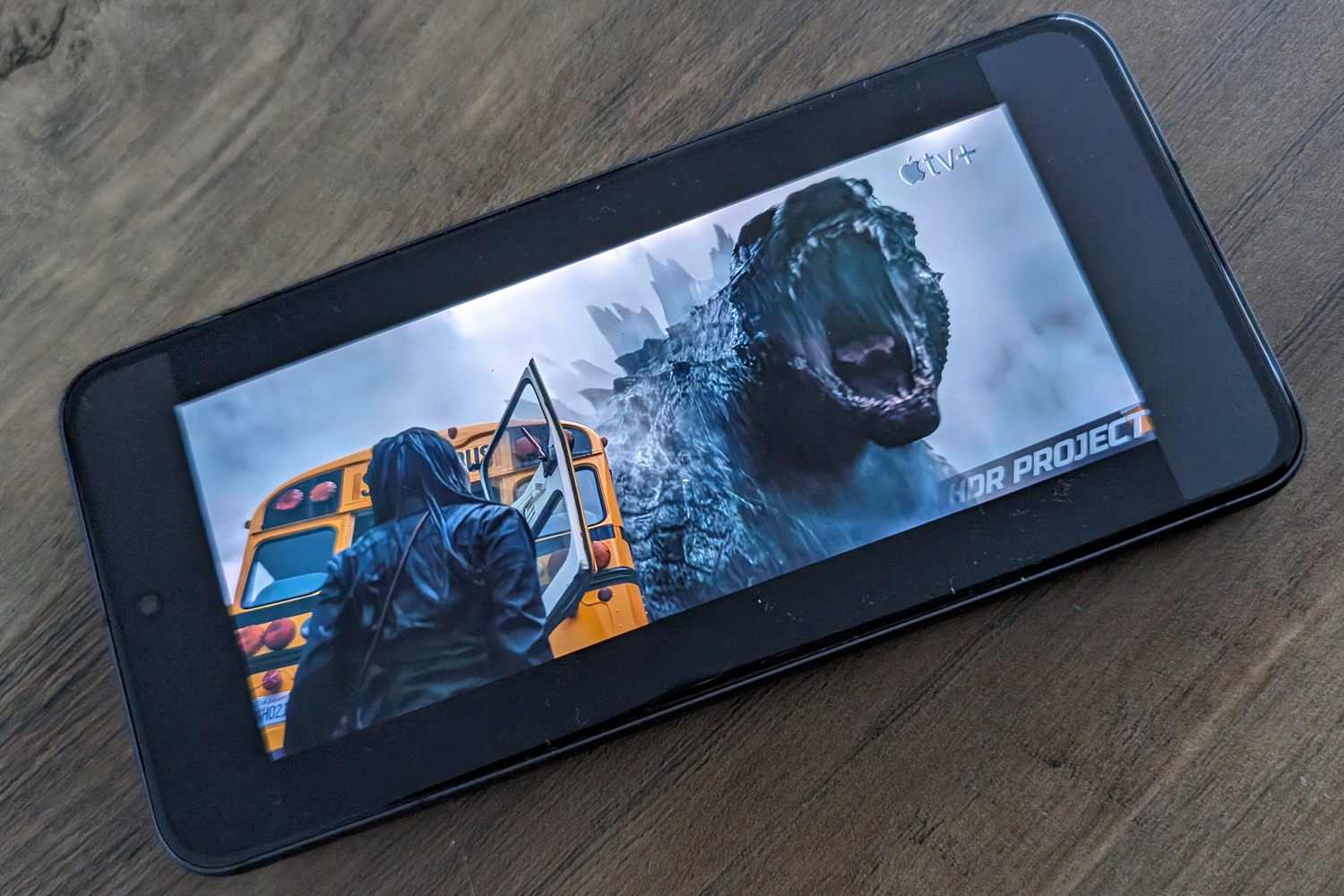
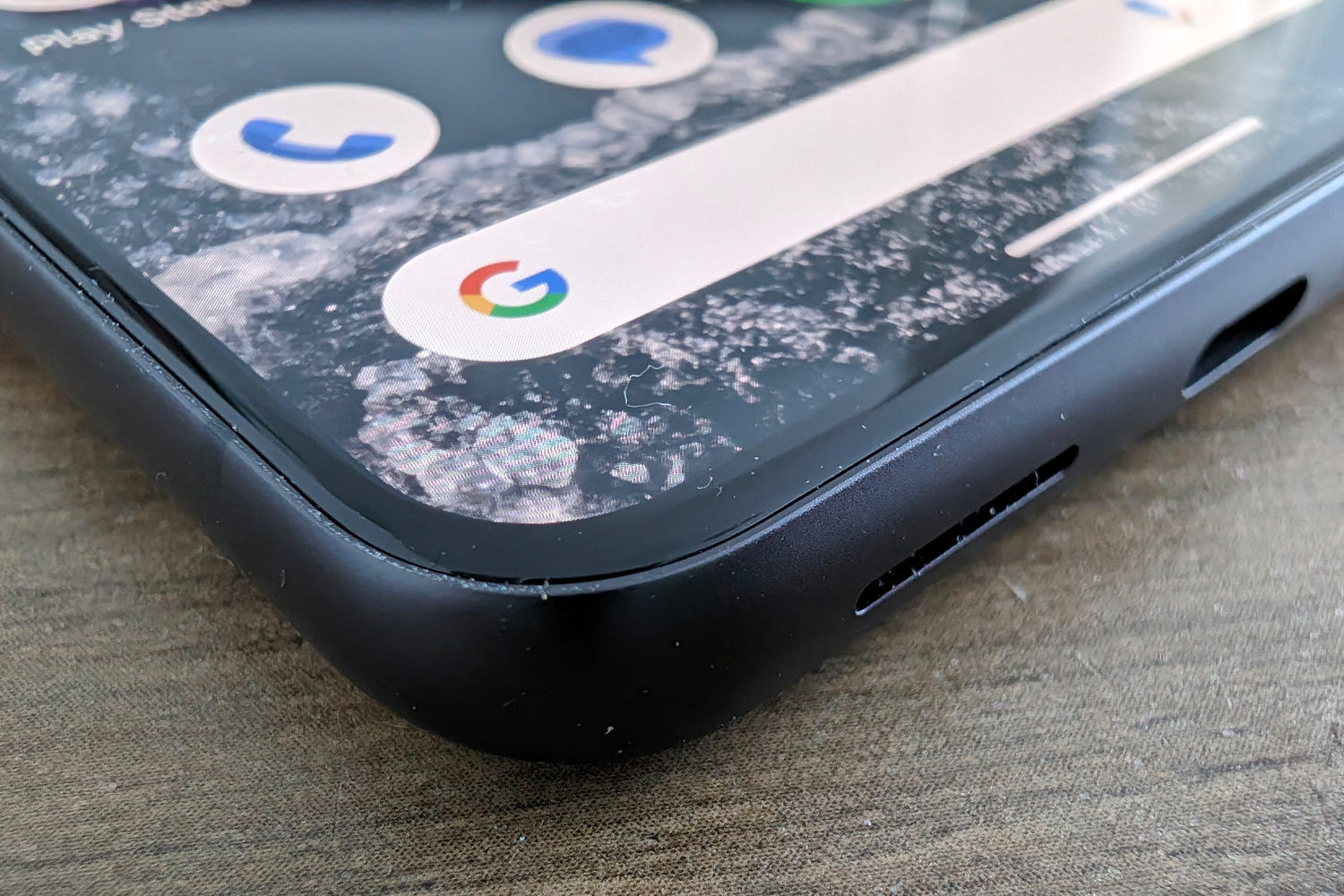
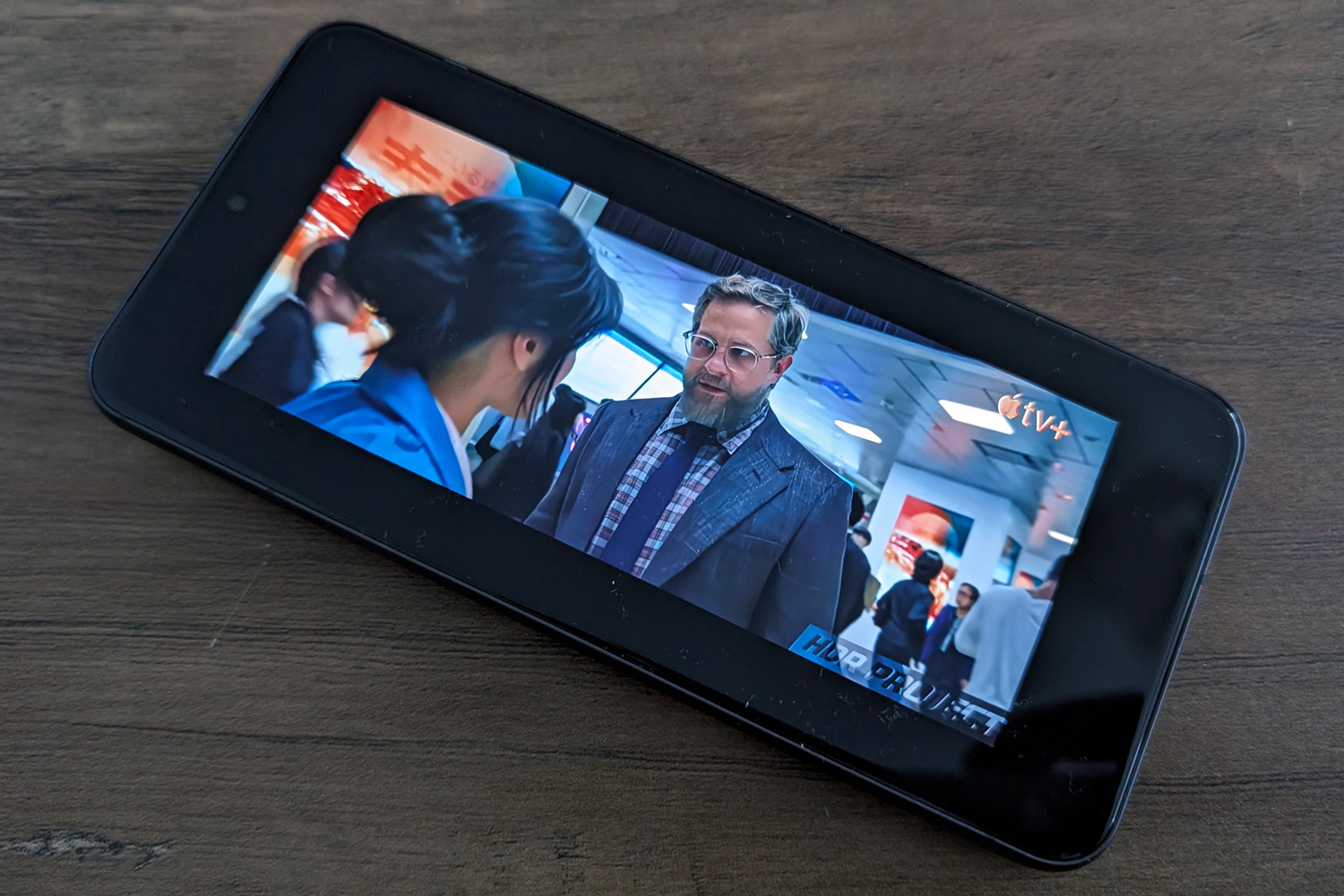
It uses a smaller panel than last year, sure, but the Pixel 8’s 6.2in OLED display is otherwise a big upgrade over the Pixel 7.
After years of half measures, I’m stoked that Google has finally brought a 120Hz refresh rate to its vanilla model; websites and menus scroll that much more fluidly than the 90Hz panels previous Pixels were lumbered with. It doesn’t use LTPO tech like the Pixel 8 Pro, so can only toggle between 6 and 120Hz – meaning it isn’t quite as power efficient. Otherwise, it’s (finally) on par with rivals that have been using 120Hz screens on their mid-range models for a while now.
Because the resolution stays the same at 2400×1080, pixel density has climbed a little higher. Images and text look wonderfully crisp and clear as a result. The OLED panel delivers the punchy, vivid colours I would expect, while staying on the right side of accurate. Viewing angles are brilliant and HDR10+ content is fully supported. Photos and videos shot in the new Ultra HDR format using the phone’s cameras look particularly impactful.
That’s largely thanks to the fantastic 2000 nits peak brightness, which is a huge step up for the Pixel range and on par with spendier smartphones from Samsung, Apple and others. High Brightness Mode (HBM) tops out closer to 1400 nits, which is still up there with the best smartphones. Outdoor visibility isn’t quite as good as the pixel 8 pro, but there’s very little in it.
Things haven’t advanced much on the sound side, with a largely similar performance to last year’s Pixel 7 – which itself wasn’t really an upgrade on the Pixel 6. Those models got impressively loud for their size, though, and that’s also true here. The down-firing main speaker and front-facing earpiece produce fairly balanced audio, with the former doing most of the heavy lifting. A set of Bluetooth earbuds (Google would suggest the Pixel Buds Pro) still get my vote for anything more than podcasts or YouTube playback.
Cameras: doing the double
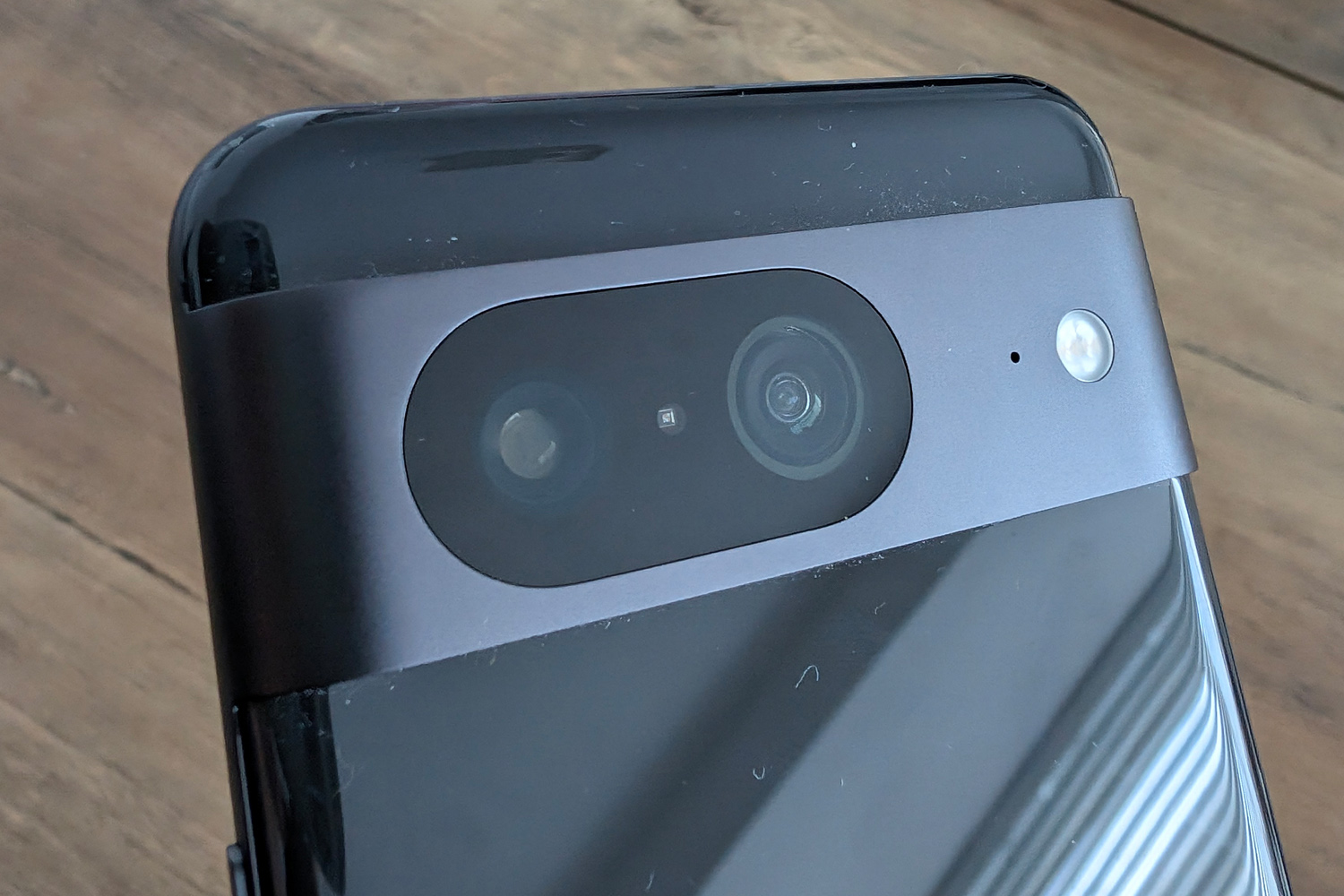
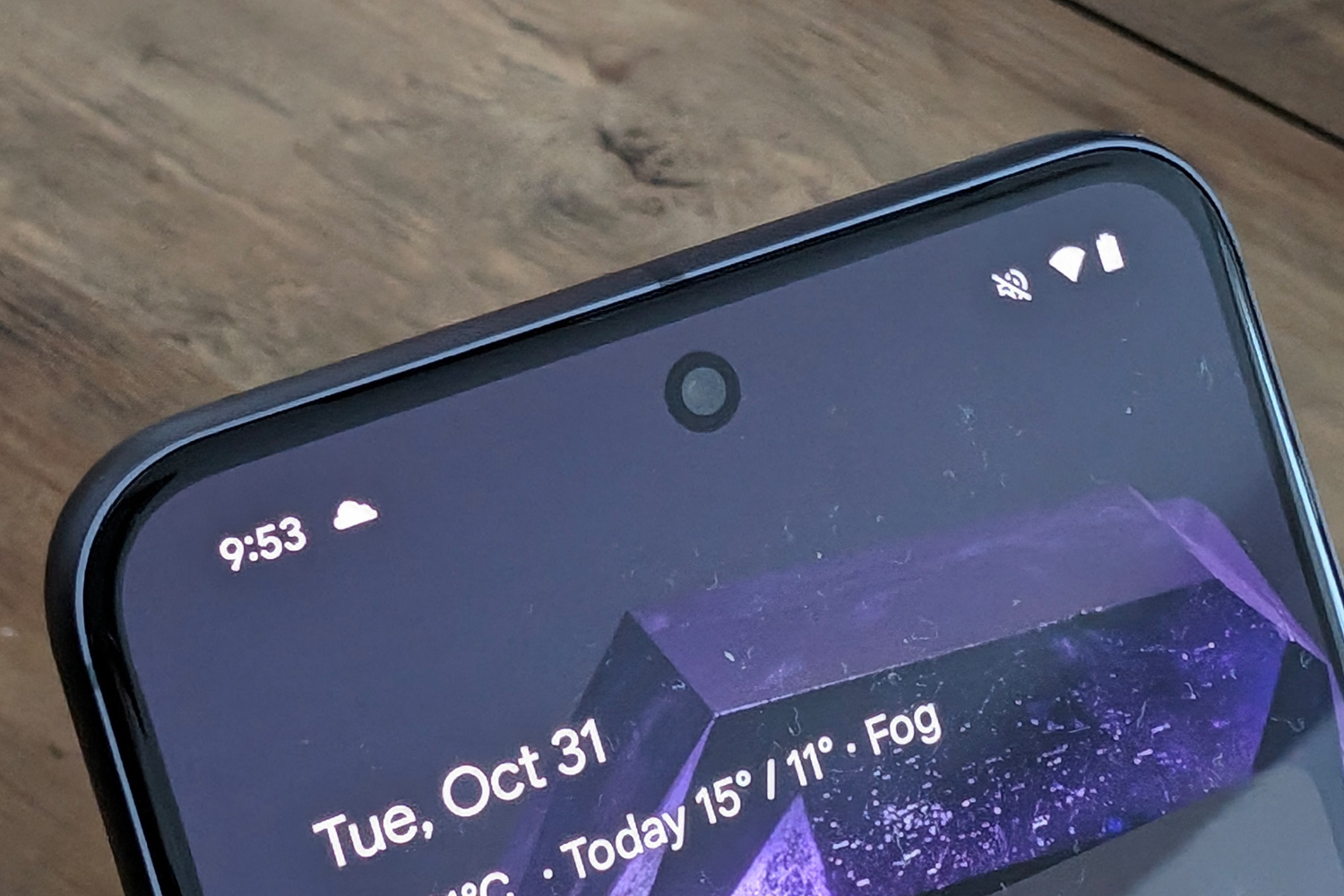
The Pixel 8’s dual camera setup shares plenty with last year’s Pixel 7, including the 50MP main sensor that uses 4-to-1 binning to snap 12.5MP stills. The f/1.68 aperture lens is new (up from f/1.85 on the old model), so the shooter is better equipped for low-light shots, and it gets both octa-PD and laser autofocus. The 12MP ultrawide has also been upgraded with an f/2.2 aperture lens with 126-degree field of view and Macro Focus close-up abilities. Last year you’d have to step up to the Pro model to get such close-up shooting abilities. The 10.5MP selfie cam remains as fixed focus, though.
I was disappointed to see that Google has gated Pro camera controls exclusively to the more expensive Pixel 8 Pro, which feels a little unnecessary: serious photography fans are going to pick that model for its dedicated telephoto lens; the Pixel 8 crops its main sensor and relies more on Google’s Super Res digital zoom for close-up shots.
As I expected, the Pixel 8 takes expertly judged photos in almost all lighting situations. Exposure is usually spot on, highlights are brilliantly preserved and often accompanied by deeper shadows in that familiar Google processing way. Colour balance is almost always superb. There’s practically zero image noise, and sharpening is kept well in check. Fine details are also very well preserved and are about as good as you’ll get from any phone at this price.
The 2x zoom is convincing for the most part, with only fine texture details revealing any weakness. Super Res zoom can be useful in bright light, too, but anything beyond 5x shows up the limitations of the tech once you start peeking at pixels.
The ultrawide takes pictures that are almost as good, with very close matches to the main sensor for colour, exposure and detail. It has clarity you won’t find on rivals from Samsung or apple. The macro focus mode also works very well, letting you get much closer to your subjects and keeping everything sharp.

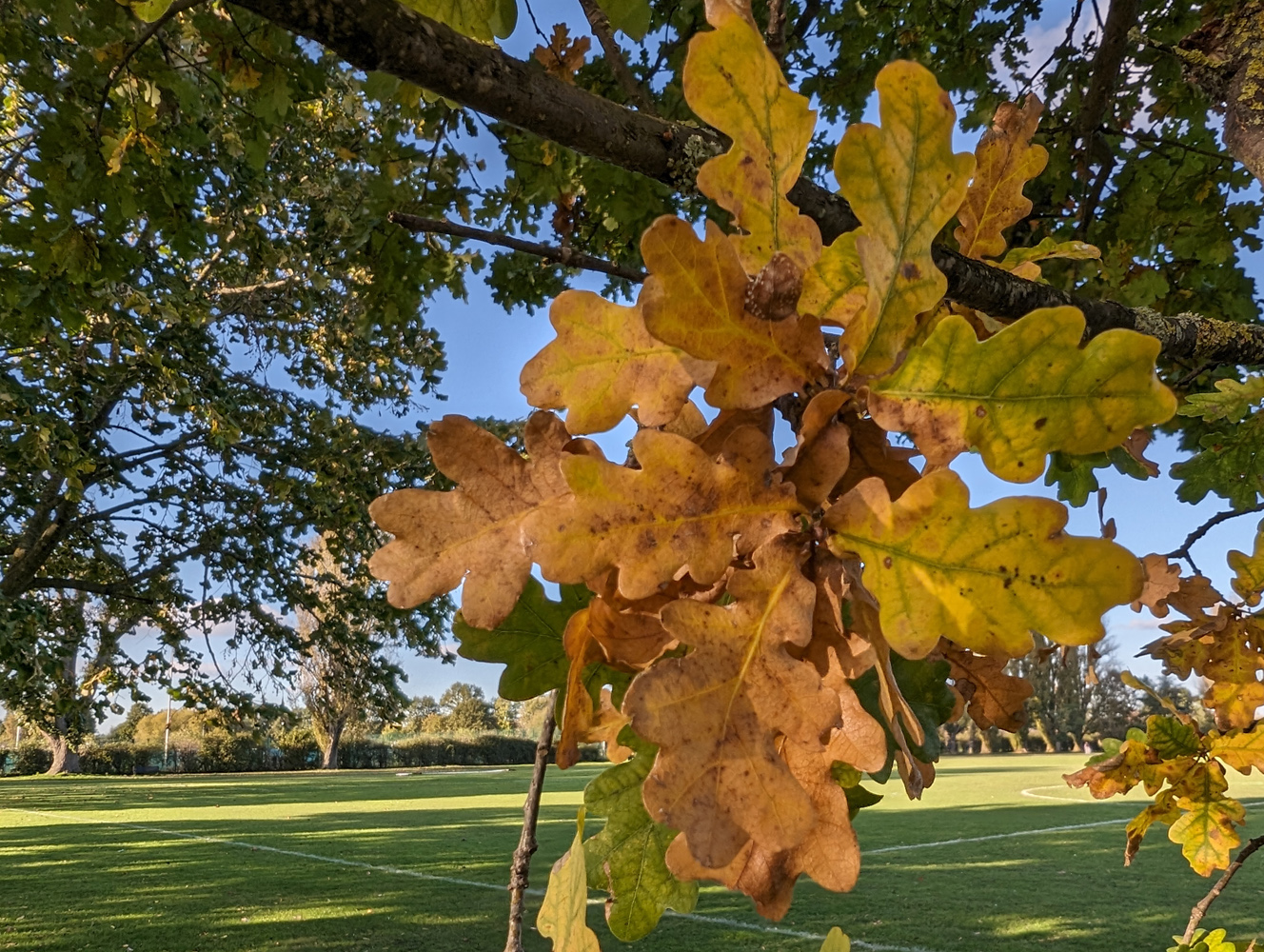
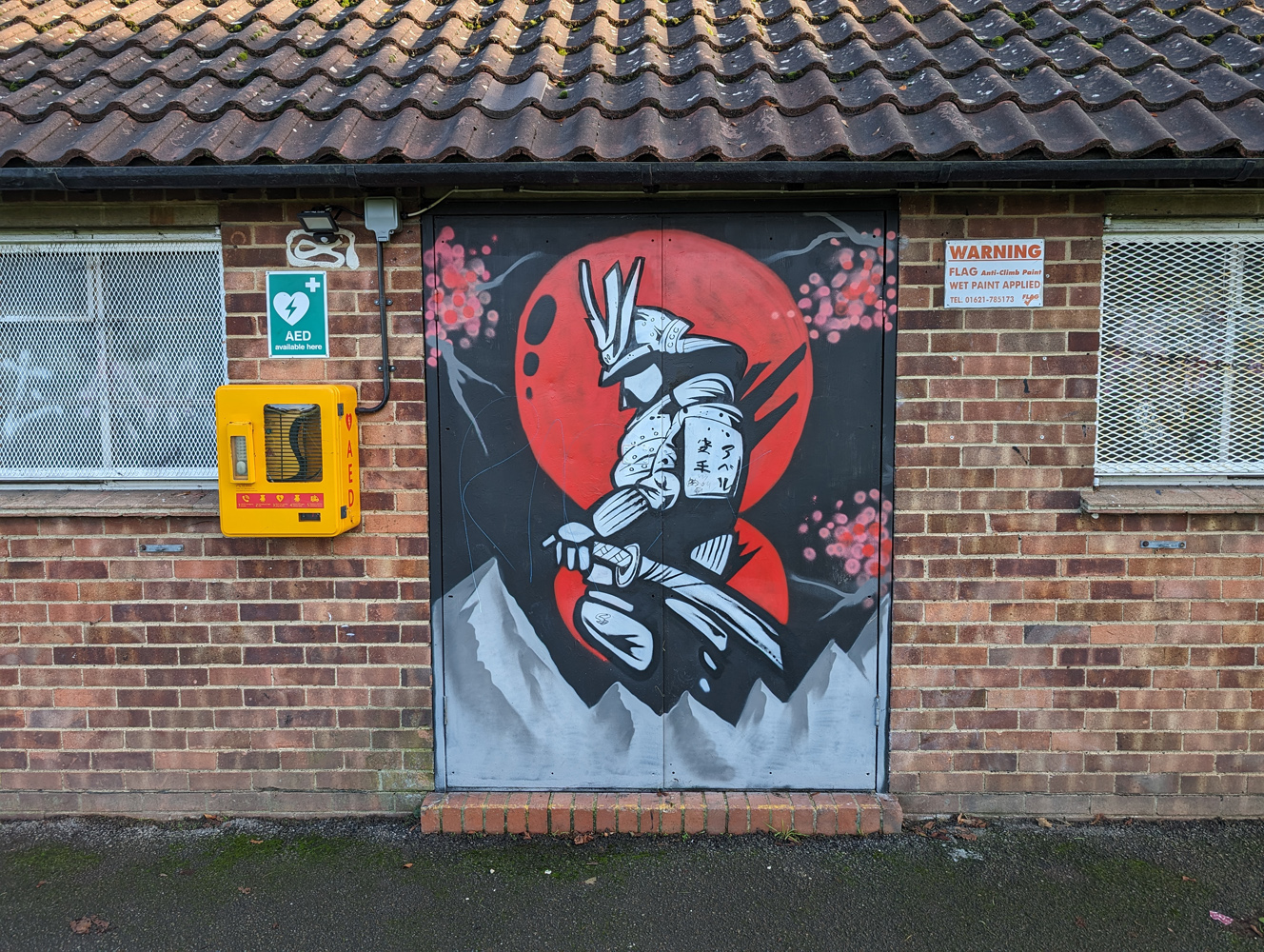

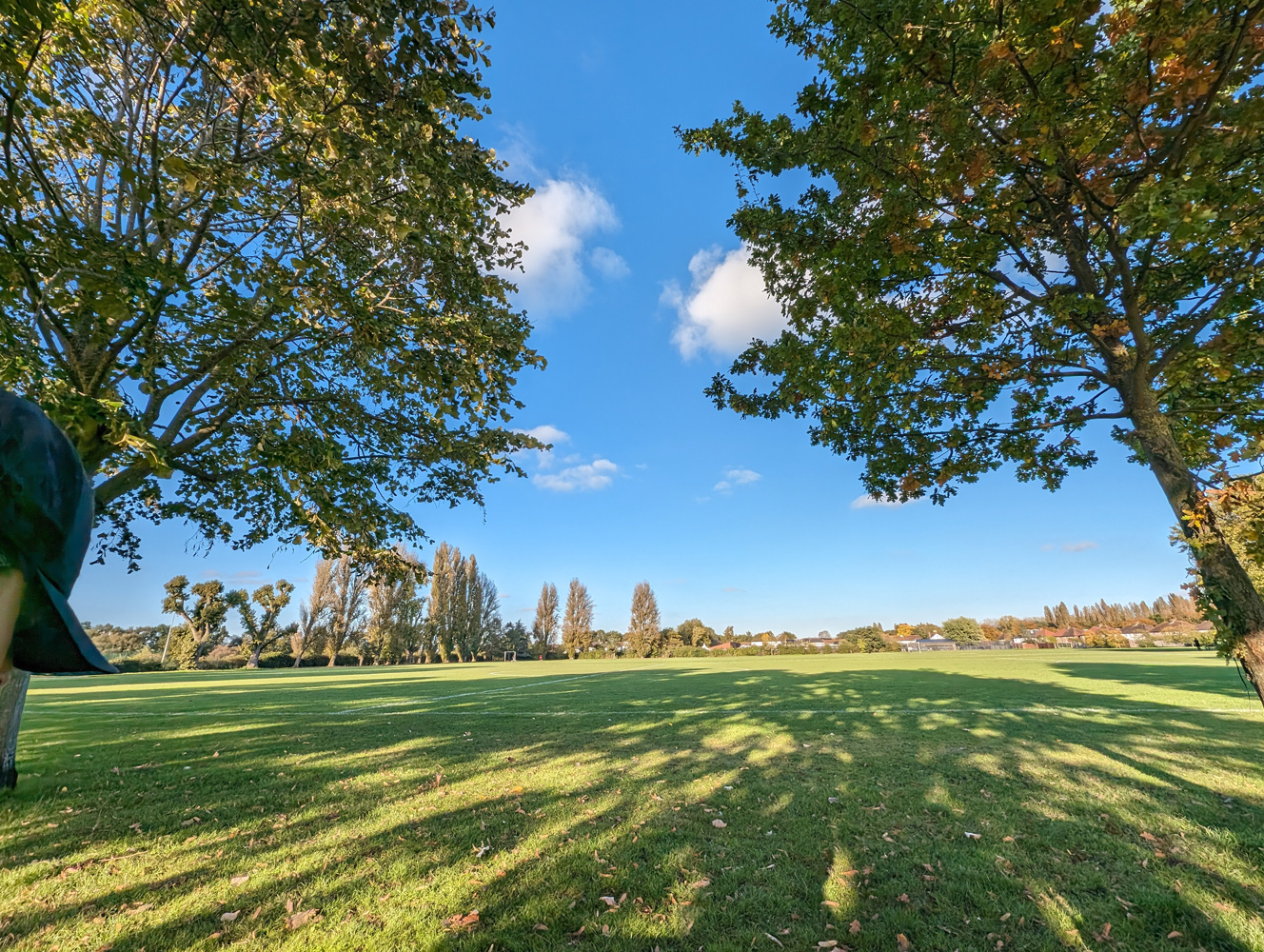




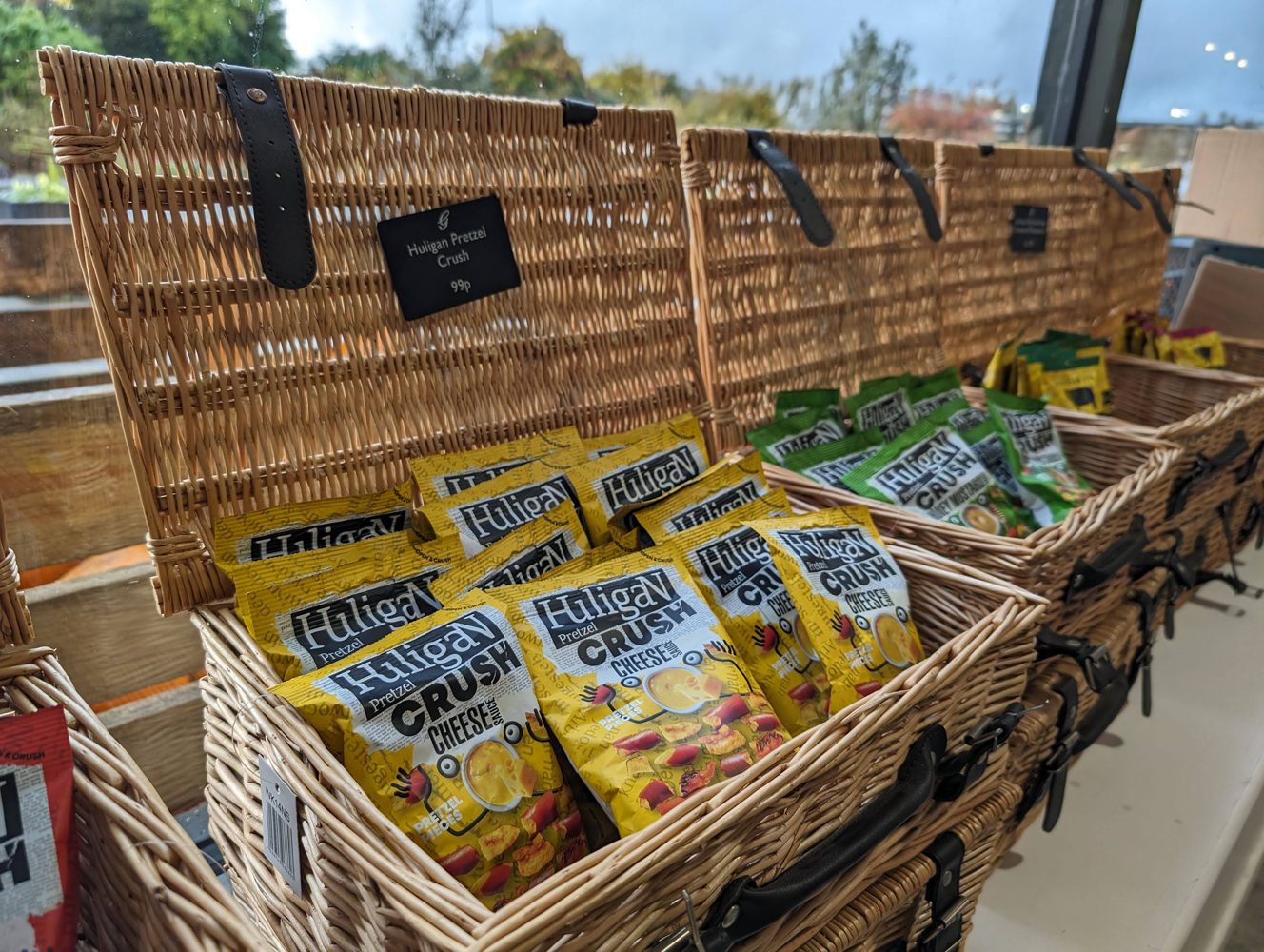



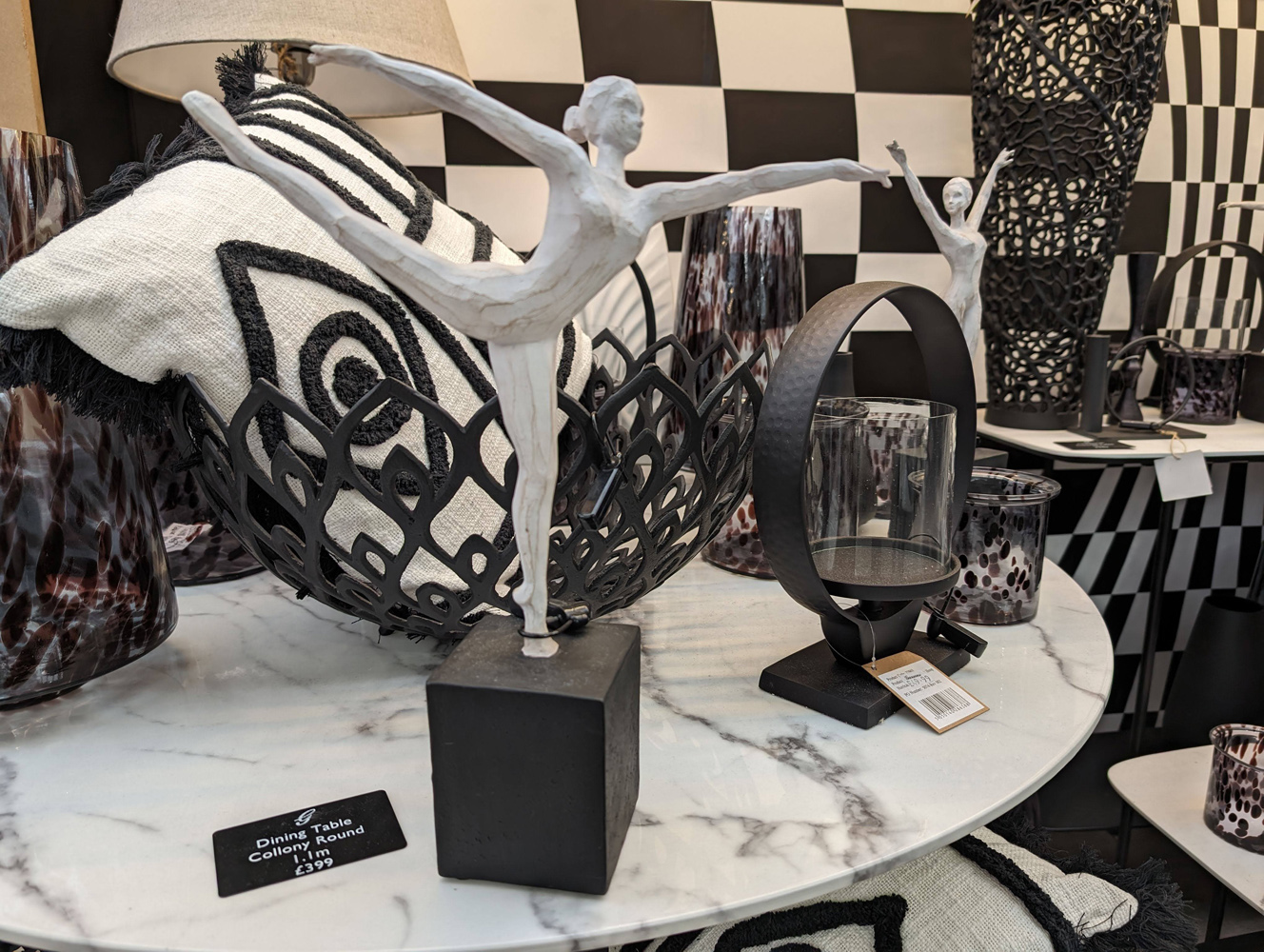


At night, the main sensor is able to do much of the heavy lifting itself, without relying on Google’s (admittedly excellent) Night Sight mode. Pictures are well exposed, very high in detail, and with plenty of dynamic range.
I think it slots in beneath the very best camera phones that use physically larger hardware to brute-force as much light onto the sensor as possible, but not by a lot. Night mode is more important when using the ultrawide, as it preserves more dynamic range and shadow detail than when shooting without it.

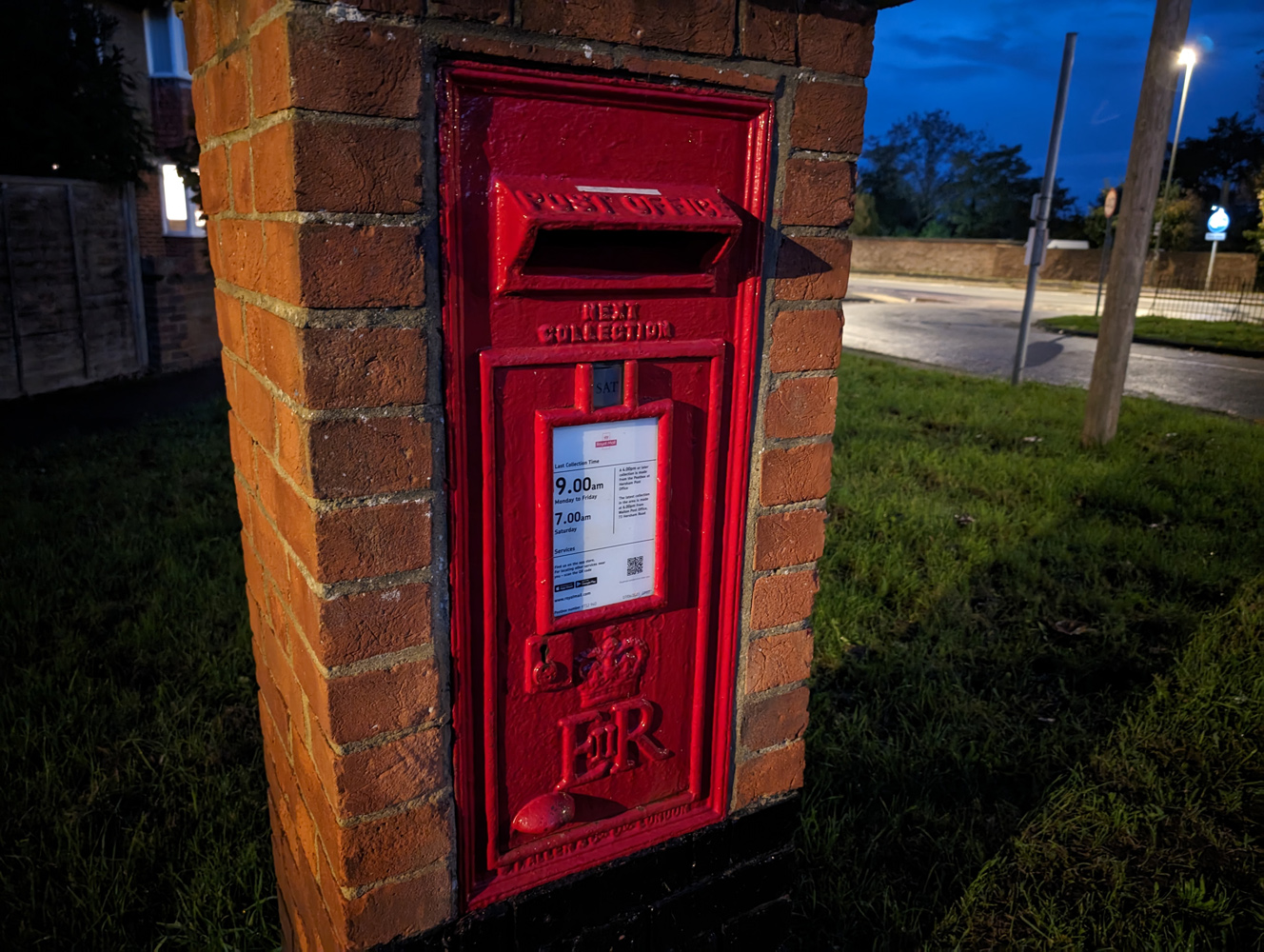
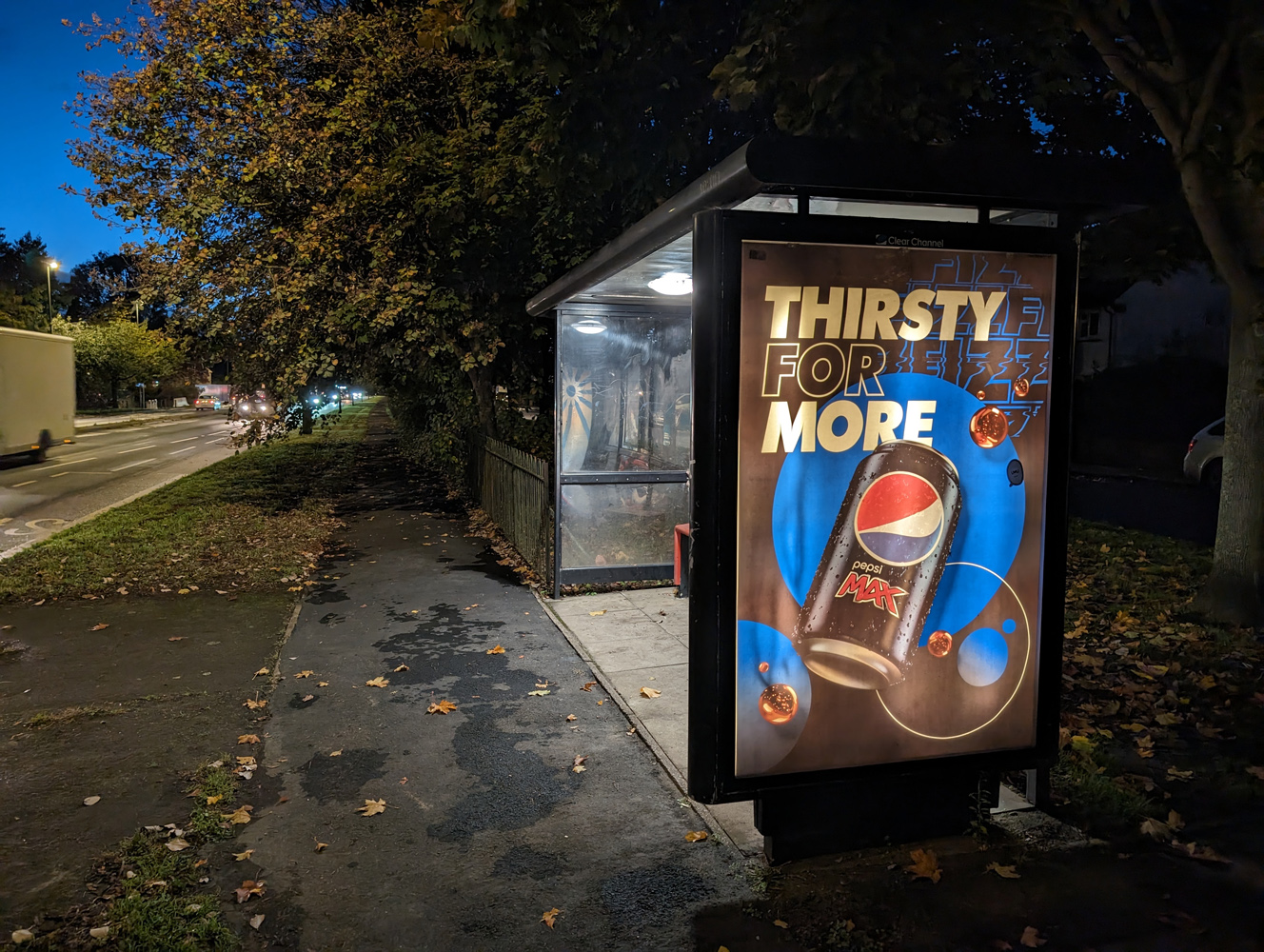
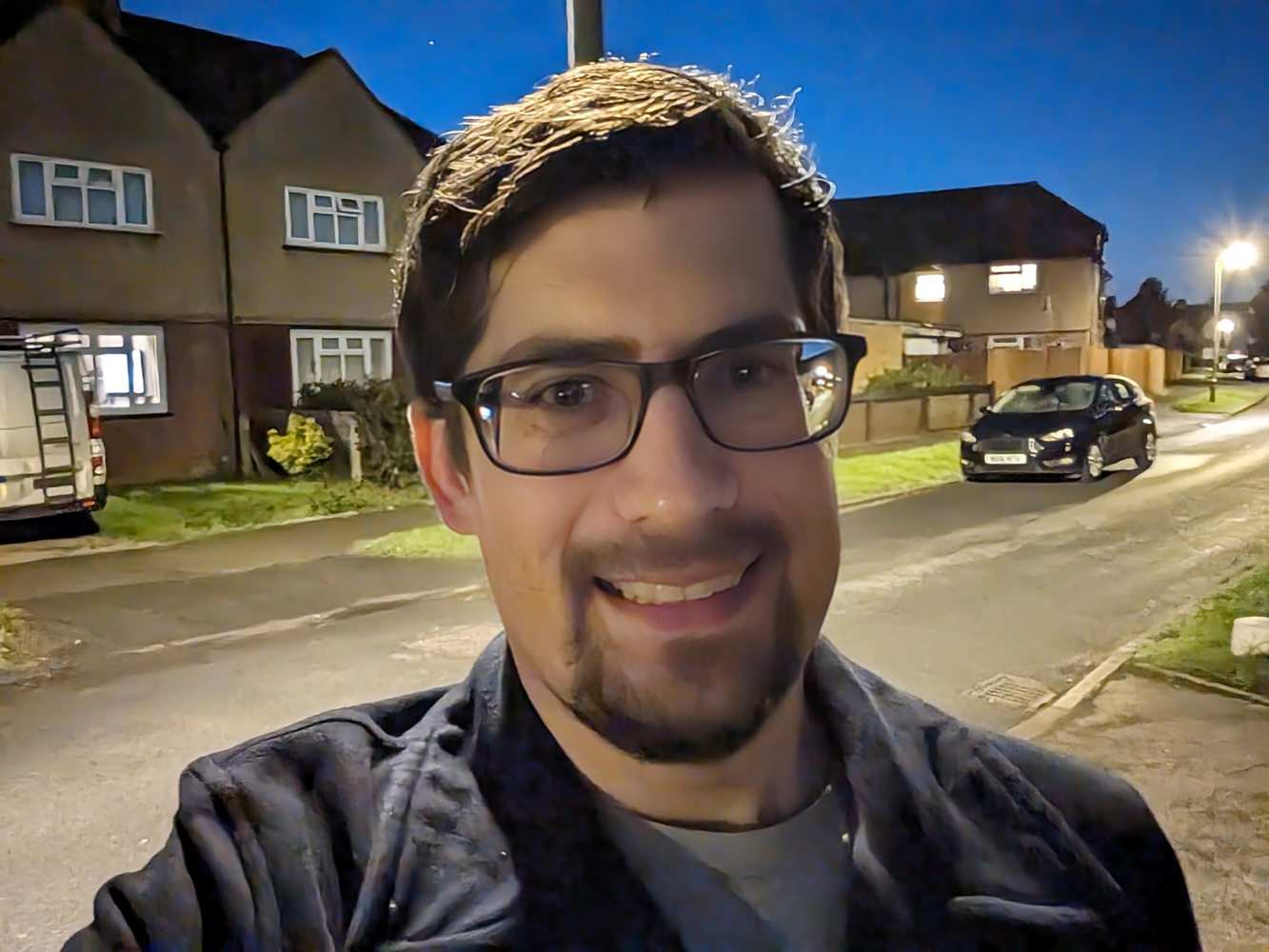
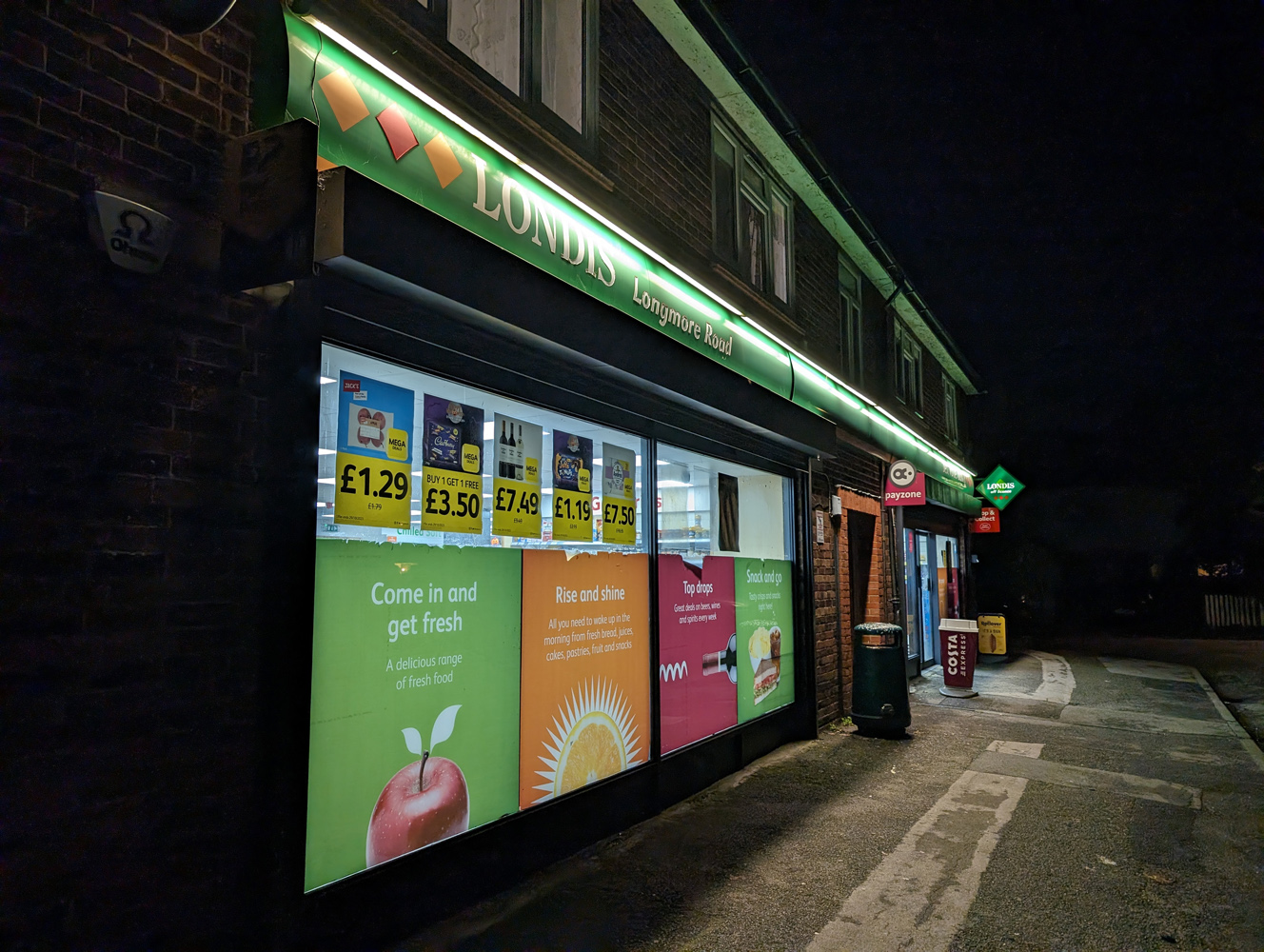
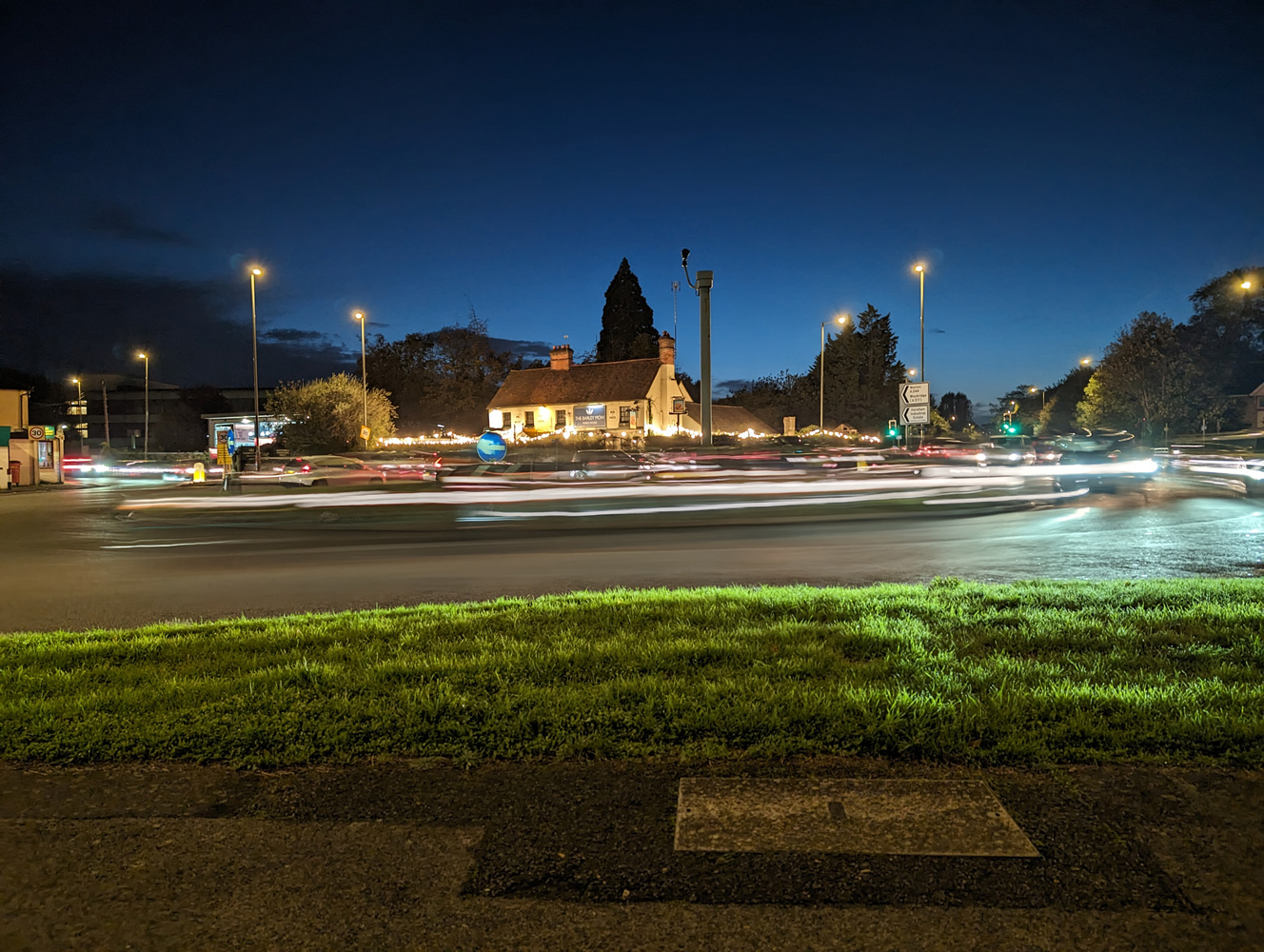
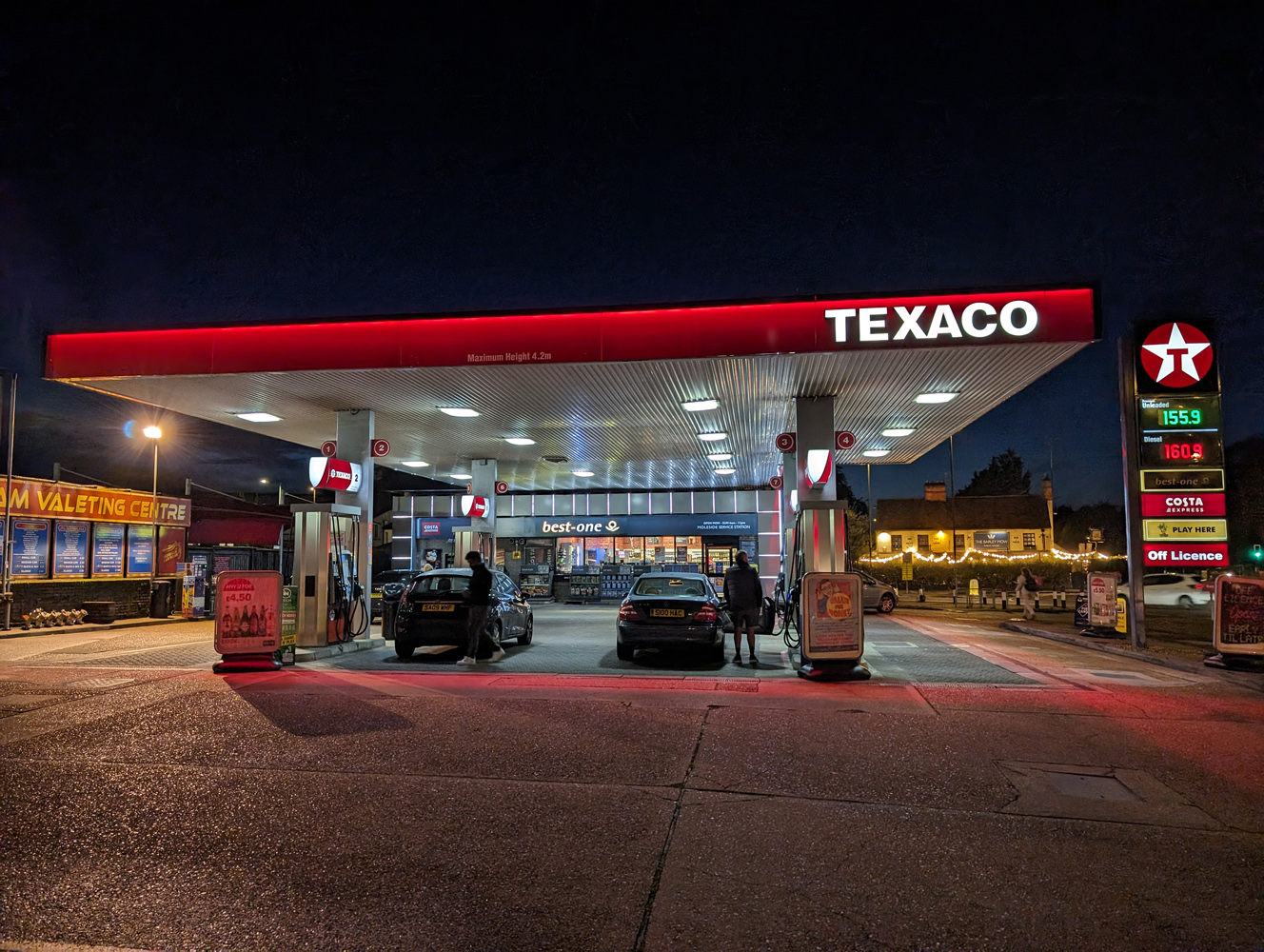
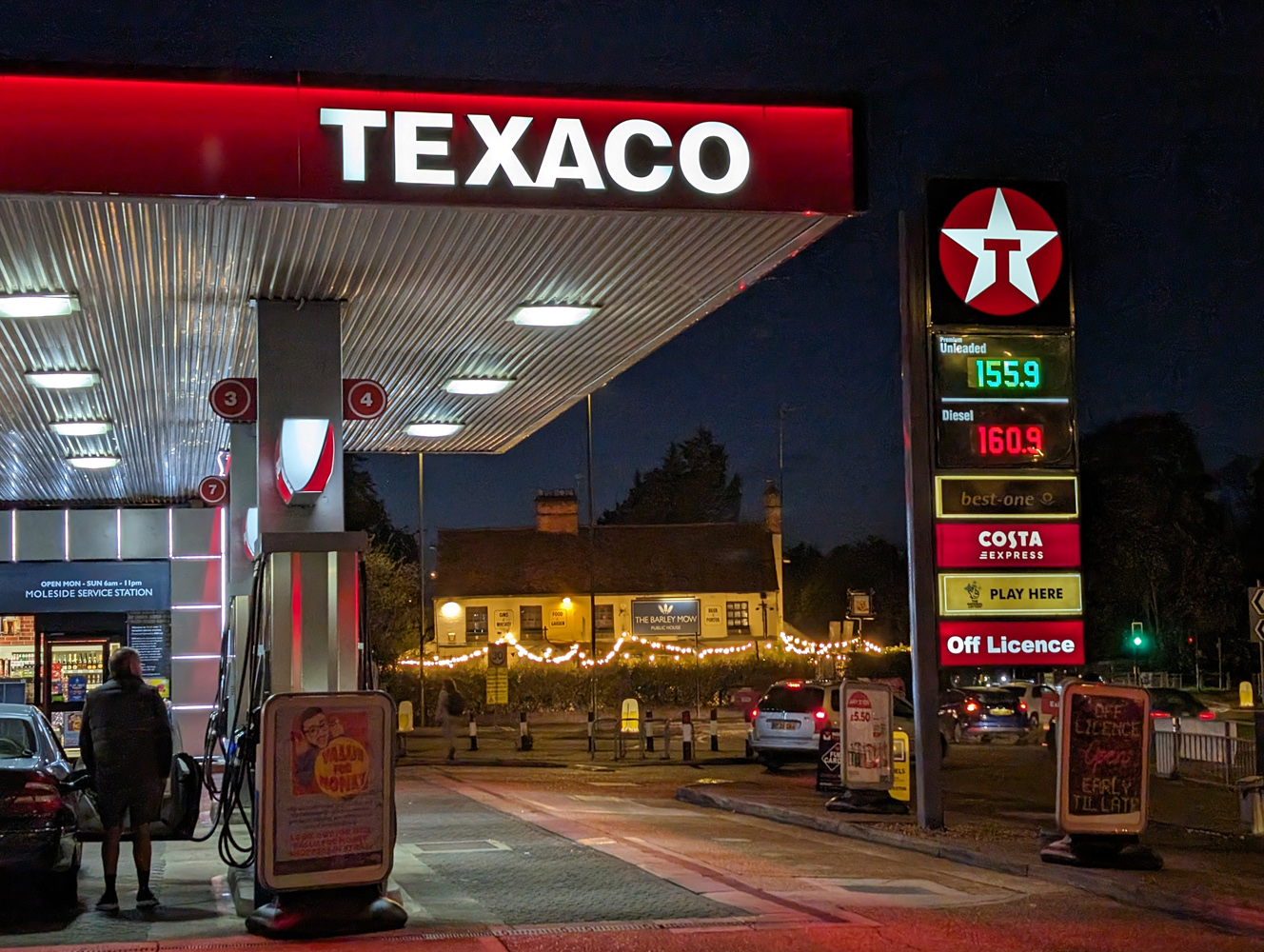
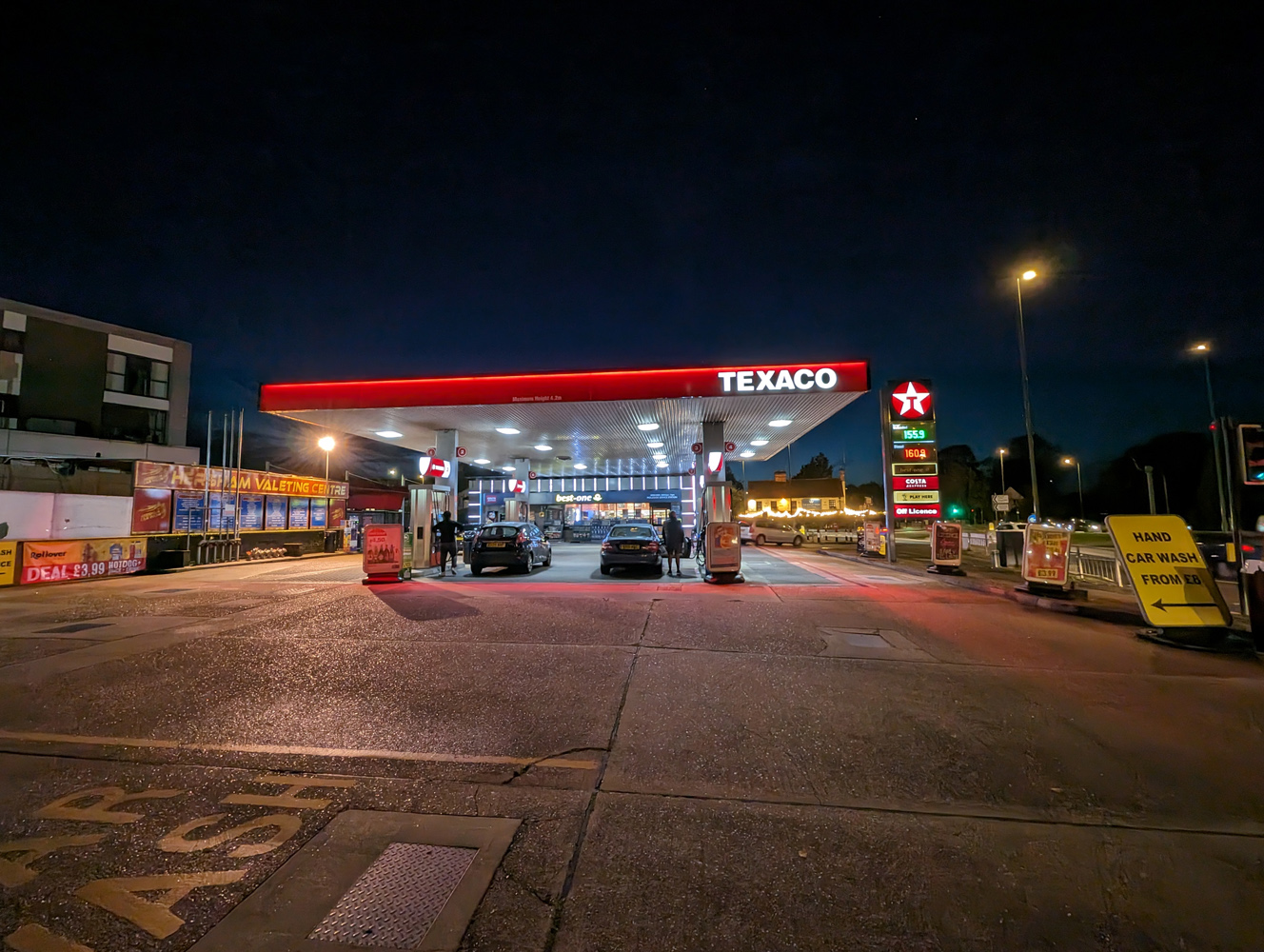
A lot of the Pixel 8’s photo improvements are software-based, with Best Take being the standout. It pulls facial expressions from your other photos in order to create composite pics where everyone in shot is looking at the camera, with just a few taps. Some photos could be quite convincing, but others were tripped up by busy backgrounds or didn’t have enough variety to offer a suitable replacement. Eventually Google will also add cloud-based low light video processing, but I’ve yet to see it in action.
Video recording in general is decent, shooting 4K footage at 60fps through all three lenses. It’ll do 10-bit HDR, but only at 30fps. Motion stabilisation is pretty good too, but Apple remains my go-to for the best movie making on a mobile.
Software experience: in for the long haul
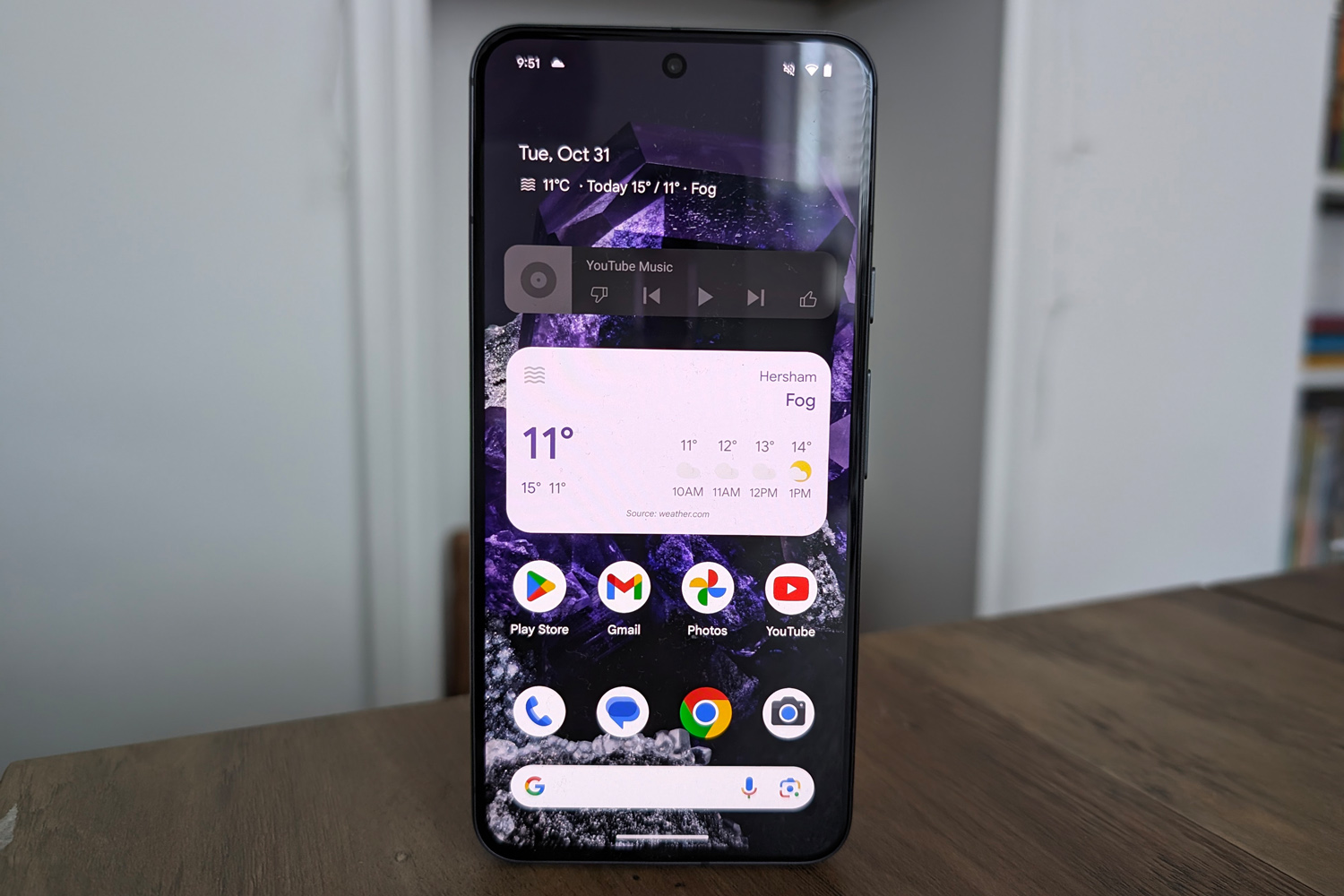
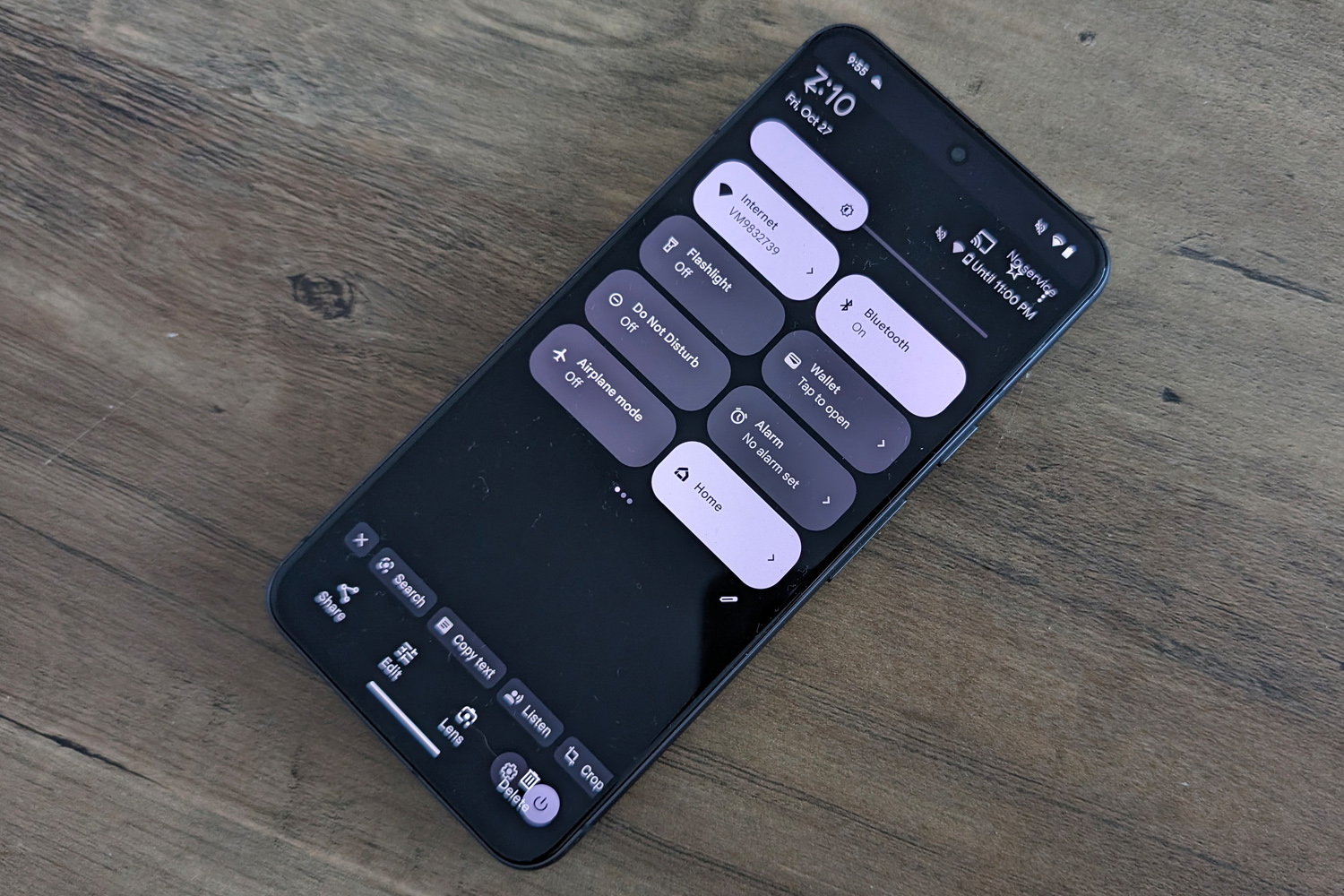
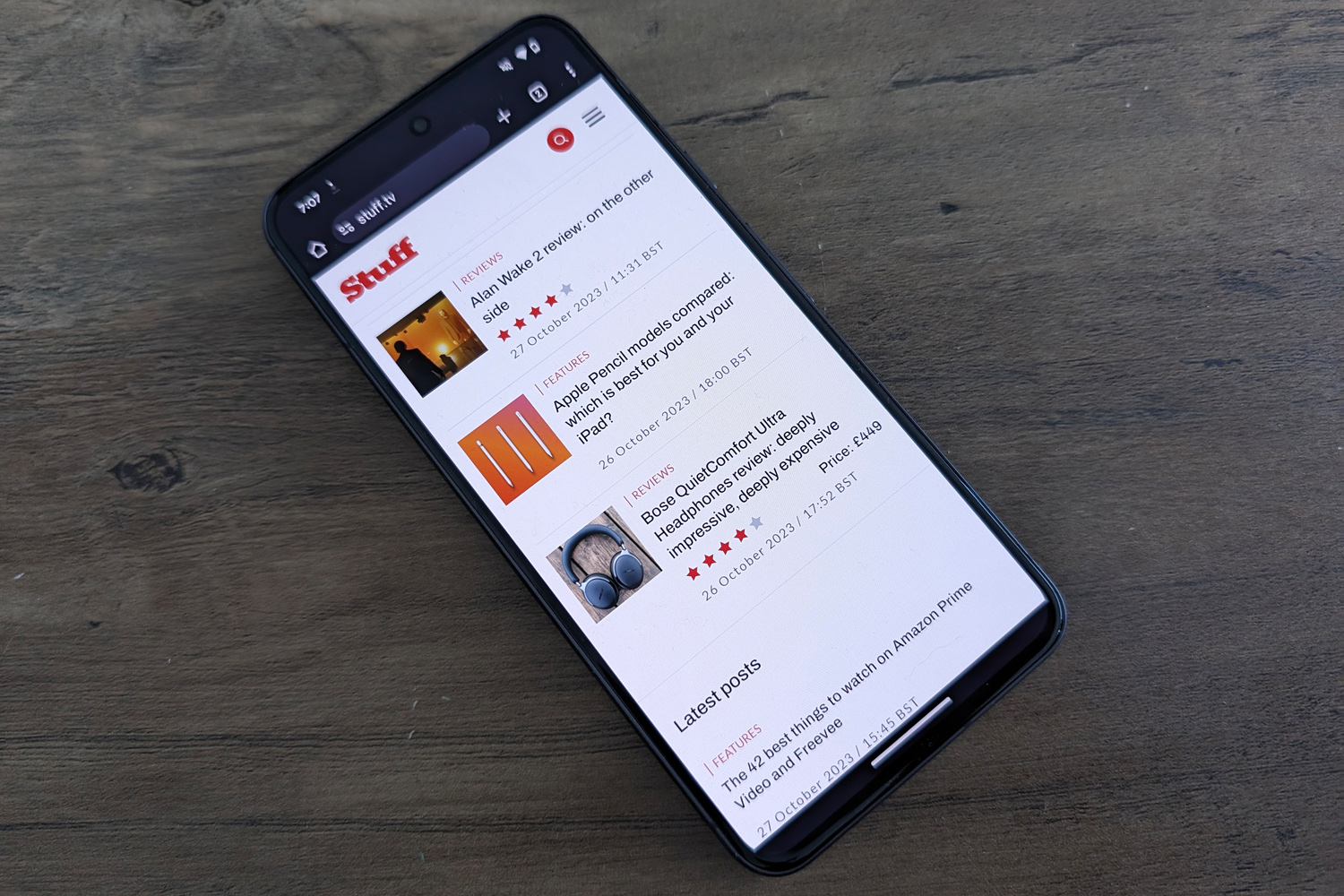
I’d love to say the Pixel 8 shows Android 14 at its best, but that’s not entirely true. As my handset was set up for UK English, I didn’t get goodies such as AI-assisted call screening, Google Assistant’s webpage summarise mode, or proofreading in Gboard using machine learning. These are US-only right now, and only in English.
There are still a few Pixel-specific extras, including generative AI wallpapers, although seeing how you can’t create them without an internet connection, it’s not clear whether the heavy lifting is really being done on the device itself. I’d say they were a fun inclusion rather than a must-have, being restricted to Google’s text prompts and some creations being more cohesive than others.
Magic Editor the biggest new addition. It’s found in Google Photos and again relies on the cloud to edit your photos, but the effects are impressive to say the least. Object detection and removal, resizing, background replacement… the results aren’t Photoshop-tier good, but they’re very convincing for jut a few onscreen taps.
In other respects Android 14 is wonderfully streamlined, with a minimal yet intuitive interface and the bare essential Google apps pre-installed. Material You theming has never been better, with lock screen customisation and monochrome colour options for the first time. I still wish widget design was as consistent as iOS, though.
Performance & battery life: all in favour say AI
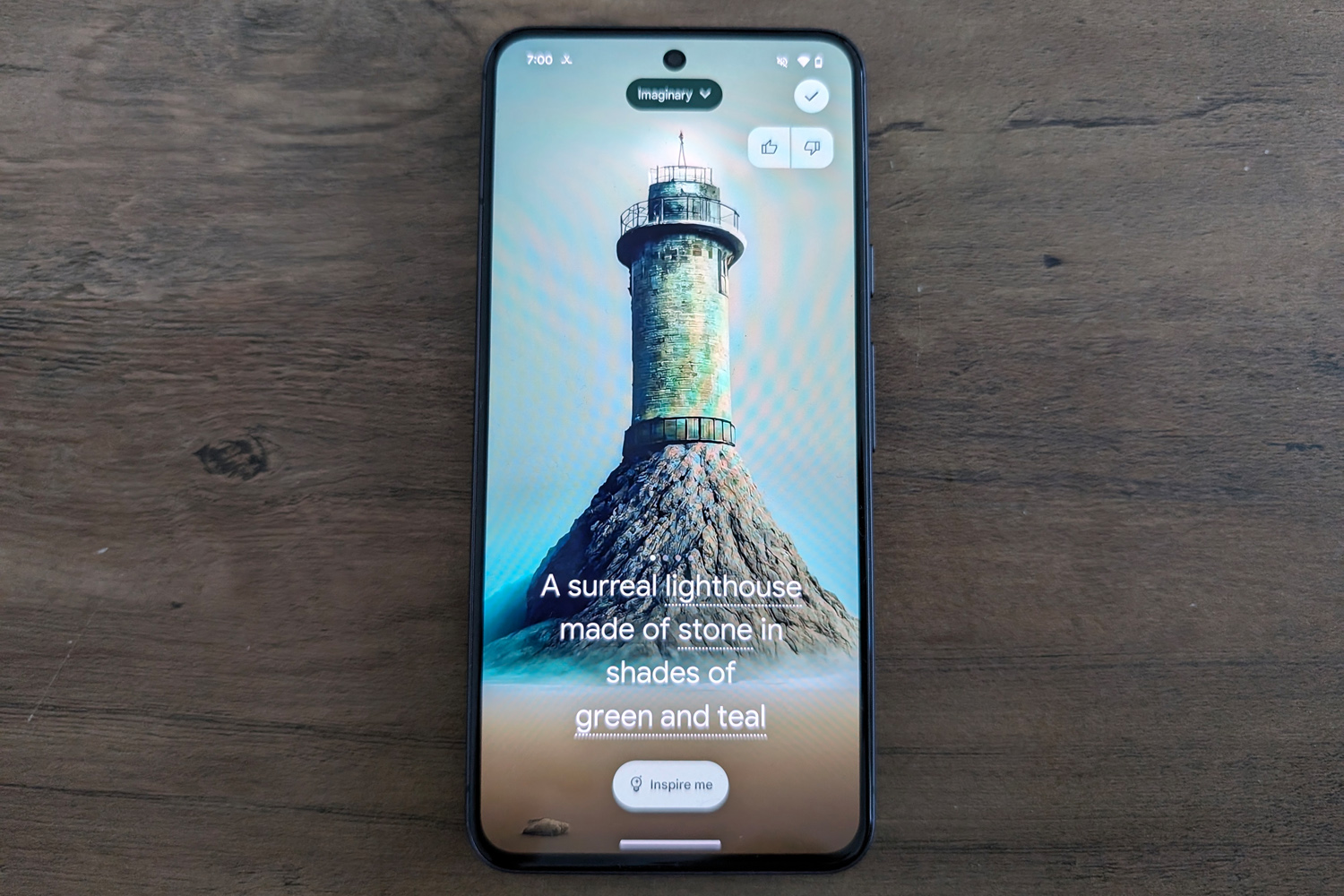
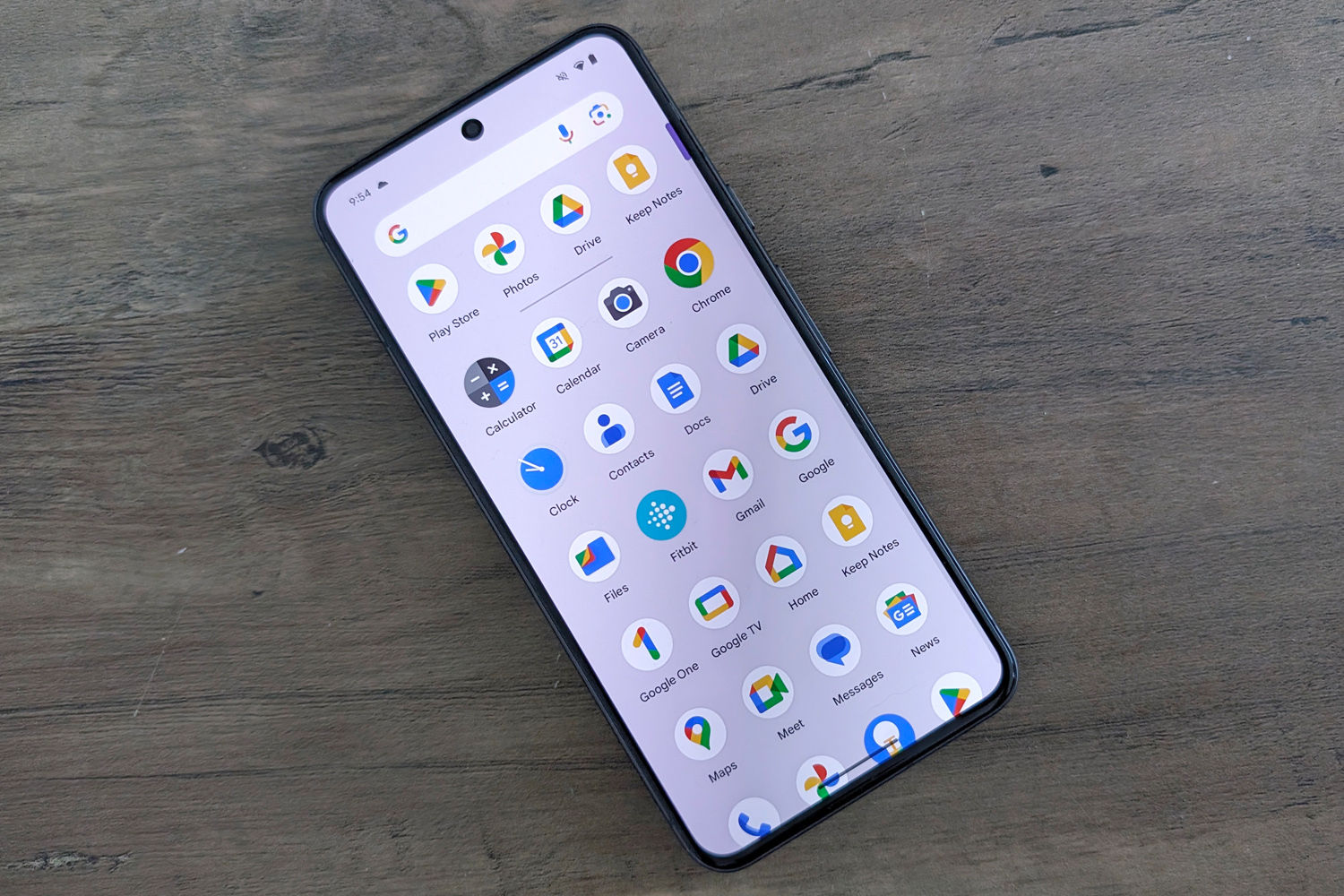
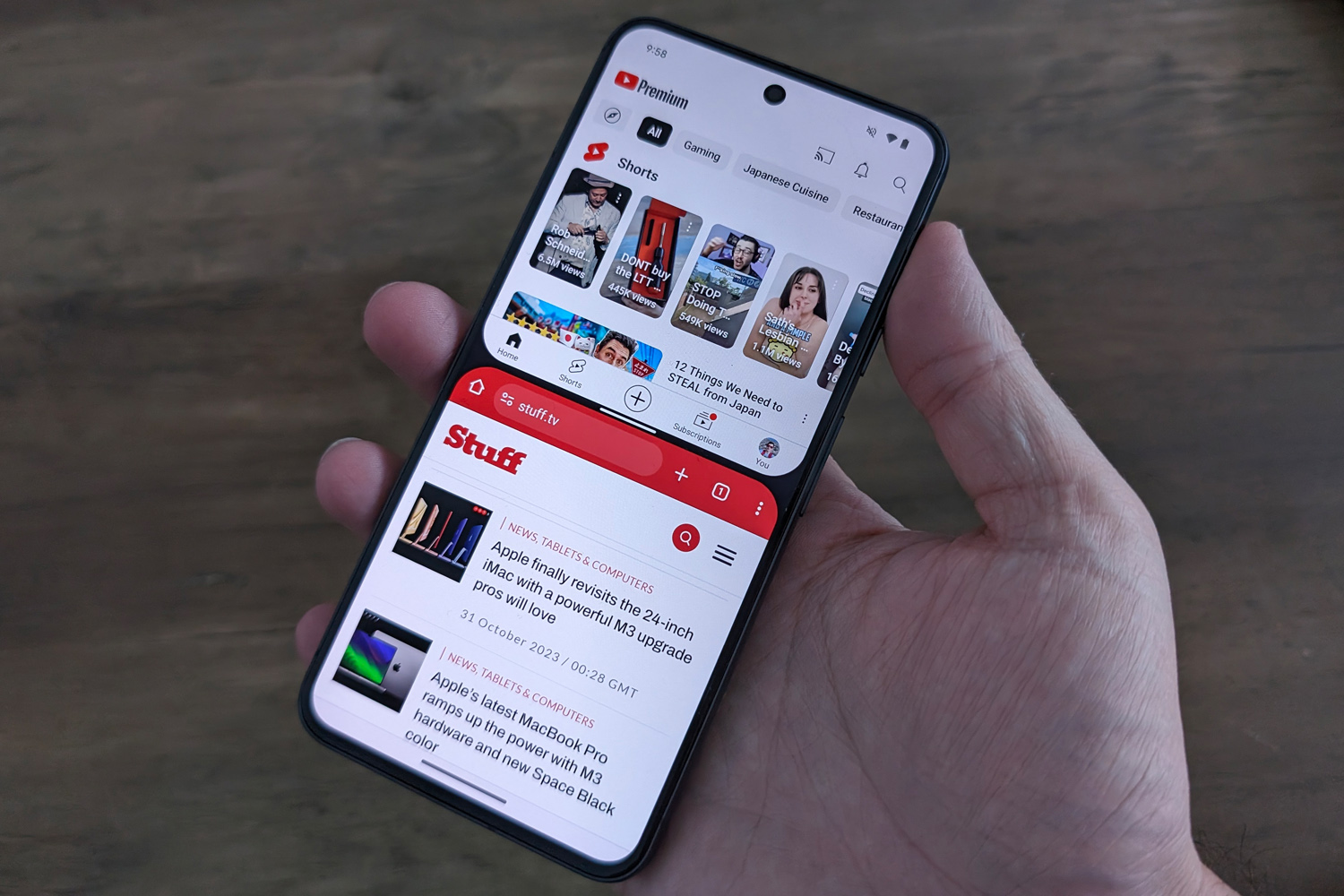
Another new Pixel phone, another new home-grown Tensor processor. Google’s new Tensor G3 silicon has nine cores, a higher clock speed, and more of a machine learning focus than ever. It’s also faster than last year’s effort, delivering consistently smooth performance in all of my most-used apps. 8GB of RAM helps with multitasking, although I found a few apps were forced to reload or redraw that other phones were able to keep in memory.
The sensible screen resolution meant my go-to games played fairly well – but in every situation, speeds aren’t as blisteringly quick as a current Snapdragon-powered flagship. I found it got pretty toasty under sustained load, too. Demanding 3D titles can still hit 60fps at sensible detail settings, but this isn’t a top pick if you want the best handset for gaming.
While Google makes a big deal about Tensor’s AI abilities, it’s now debatable whether there’s genuinely anything here you won’t find anywhere else; Qualcomm’s upcoming Snapdragon 8 Gen 3 has demoed impressive on-device machine learning, so 2024’s best phones could give the Pixel 8 a run for its money. Right now, though, Google’s smart transcription and interpreter modes are good demos of what AI can help with.
A home-grown CPU means prolonged software support. Seven years’ worth, to be exact – that’s better than any Android phone I’ve used, including the sustainability-focused Fairphone 5. I don’t know anyone that’s managed to keep a handset that long, admittedly – even my frugal iPhone-owning friends usually upgrade after four or five years – but it’s a win for the environment all the same.
I also appreciate that continuing to offer 128GB of storage on the entry-level Pixel 8 helps keep the price in check, although rivals are beginning to default to 256GB for not a lot more cash. With no microSD storage either, Google would rather get you to pay for extra cloud storage.
Battery life hasn’t exactly been a Pixel phone strong point over the years, and this year doesn’t really change that. The 4575mAh cell is a minor capacity bump over the Pixel 7, and the CPU is supposed to be a little more energy efficient, but that doesn’t make this a longevity star. I found the Pixel 8 was good for a full day of ‘typical’ use, with a mix of web browsing, photography, music and video playback, social scrolling and some light gaming. That puts it behind the iPhone 15 and Galaxy S23, which both have smaller batteries, although all three were closer on continuous video playback.
I wasn’t surprised that there was no charger included in the box – Google hasn’t bundled one with it’s phones for a few generations now – but I was happy to see fast charging now top out at 27W. That’s a small but welcome upgrade over last year, and means a full top-up now takes a little over an hour – assuming you have a compatible power brick, that is. A 30 minute refuel is good enough for about 55%, or enough to get you through most of a day. Wireless charging is a nice inclusion, too.
Google Pixel 8 verdict

Even after a price hike, I can’t deny Google’s latest mainstream phone stays very competitive. The Pixel 8 takes excellent photos, is quick enough for daily duties, both looks and feels like a high-end handset, and promises years and years of Android updates. I also think it comfortably closes the gap to the latest Samsung Galaxy and Apple iPhone models, thanks to that brighter, higher refresh rate display.
The Galaxy S23 has an extra optical zoom lens and more powerful chipset, though, and the iPhone 15 has the best smartphone silicon around right now – plus better battery life to boot. There are other areas the Pixel 8 loses ground to class leaders, and I’m disappointed certain software features are region-specific – if they’re available at all, with some being limited to the Pixel 8 Pro for seemingly no reason other than to persuade you to spend more money.
Just like in previous years, that phone is the biggest argument for not buying this one. The Pixel 8 Pro has more versatile cameras, a better battery, is built from more premium materials and has more software smarts. The fact it now costs considerably more might be enough to sway things in the Pixel 8’s favour, though. It is, after all, a fantastic phone – it just can’t be considered the very best of Google in a single device.
Stuff Says…
Physically and functionally the best ‘standard’ Pixel phone Google has ever made – but the gulf between the Pixel 8 and Pixel 8 Pro also feels larger than ever.
Pros
Compact body built to a high standard
Finally, a bright display with a high refresh rate
Cameras remain brilliantly capable
Cons
Performance, battery a step back from class leaders
Some software being Pro-exclusive feels arbitrary
Even wider gulf in ability to Pixel 8 Pro than previous years
Google Pixel 8 technical specifications
| Screen | 6.2in, 2400×1080 OLED w/ 120Hz |
| CPU | Google Tensor G3 |
| Memory | 8GB RAM |
| Cameras | 50MP, f/1.7 main w/ multi-directional PDAF, Laser AF, OIS + 12MP, f/2.2 ultrawide w/ AF rear 10.5MP, f/2.2 front |
| Storage | 128/256GB on-board |
| Operating system | Android 14 |
| Battery | 4575mAh w/ 27W wired, 18W wireless charging |
| Dimensions | 151x71x8.9mm, 187g |

